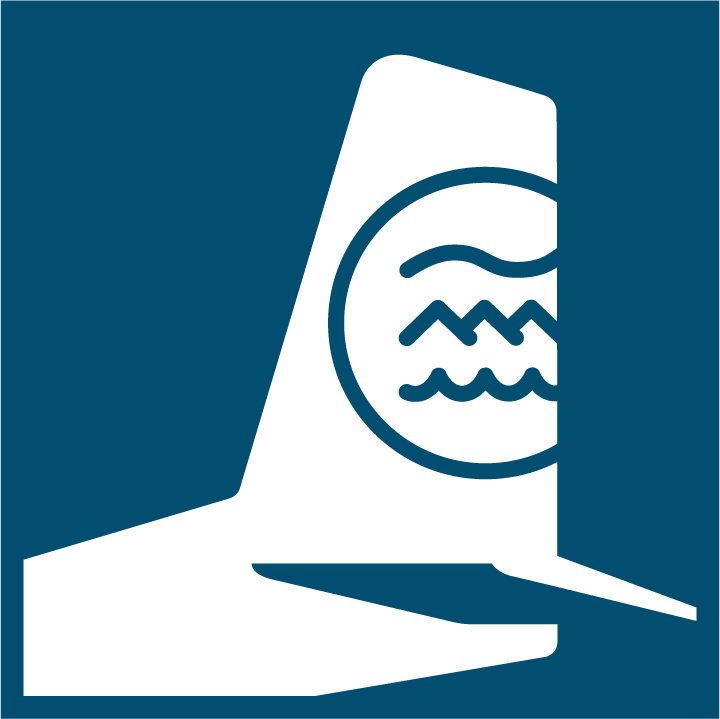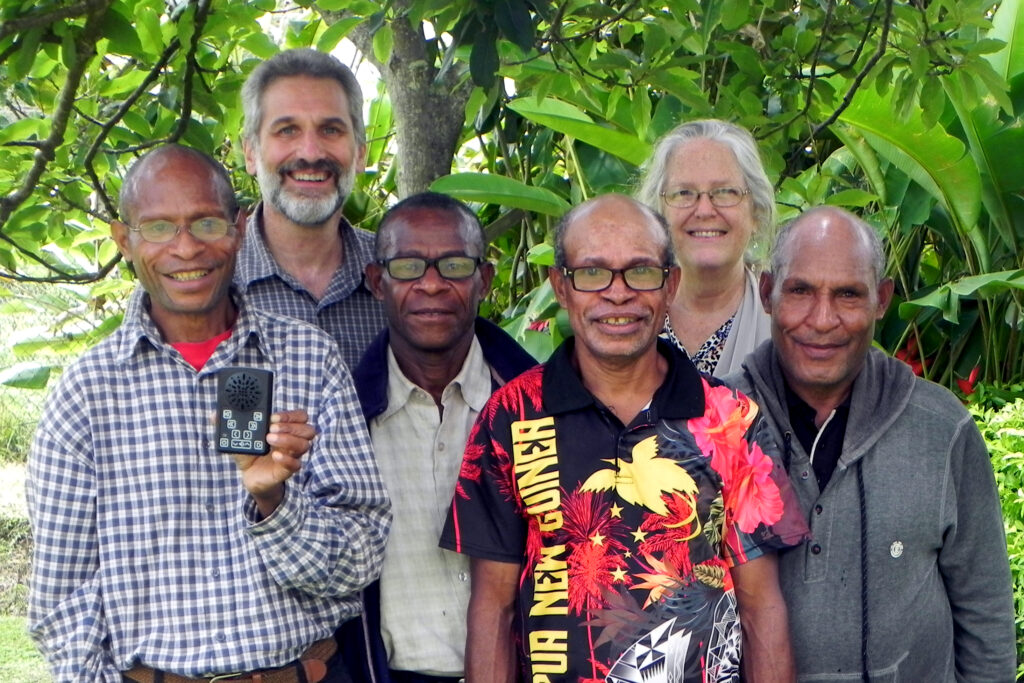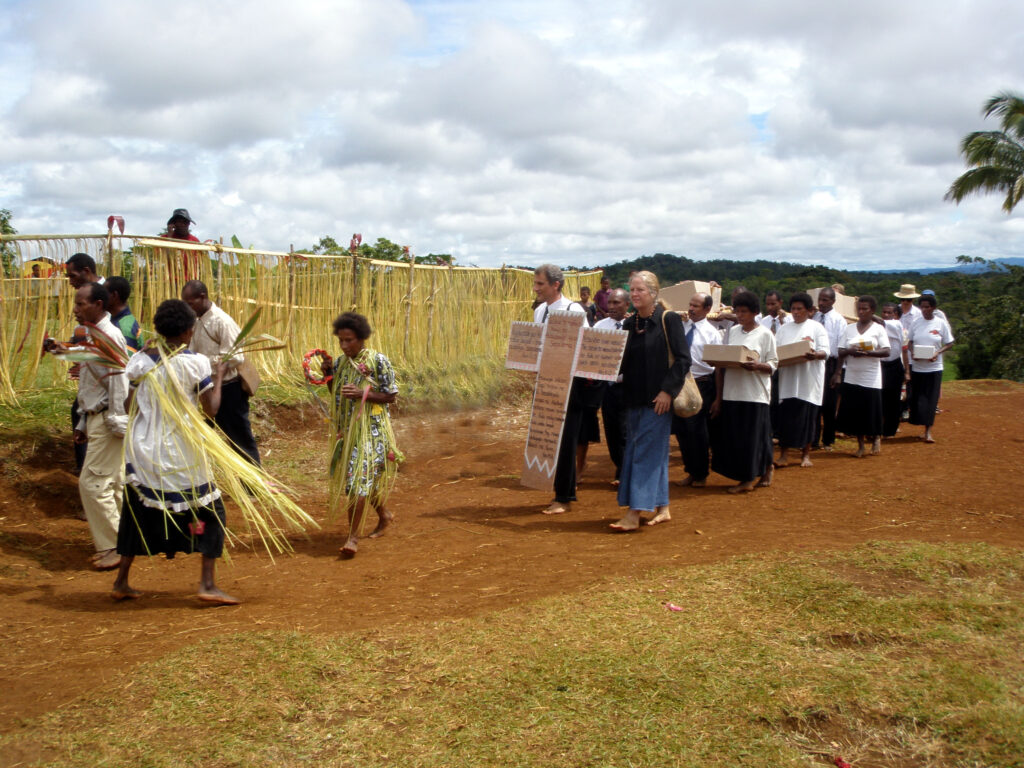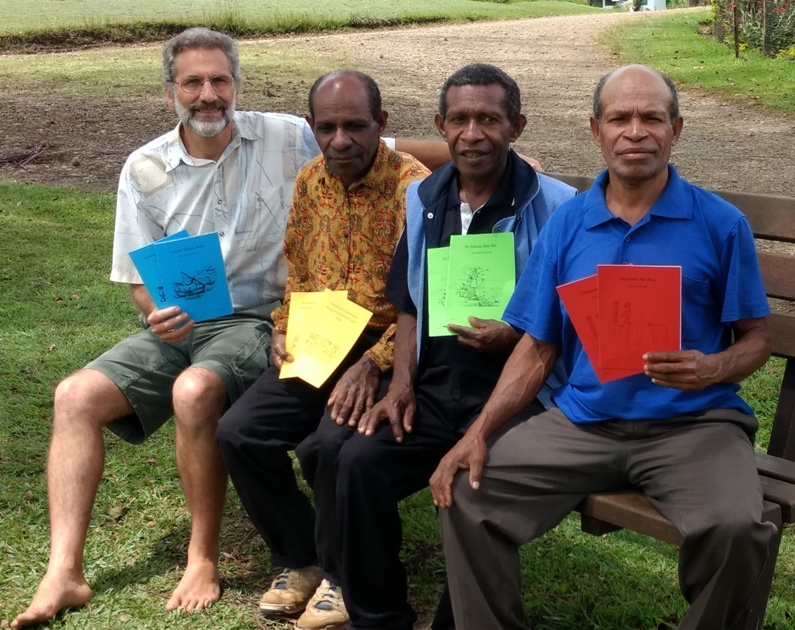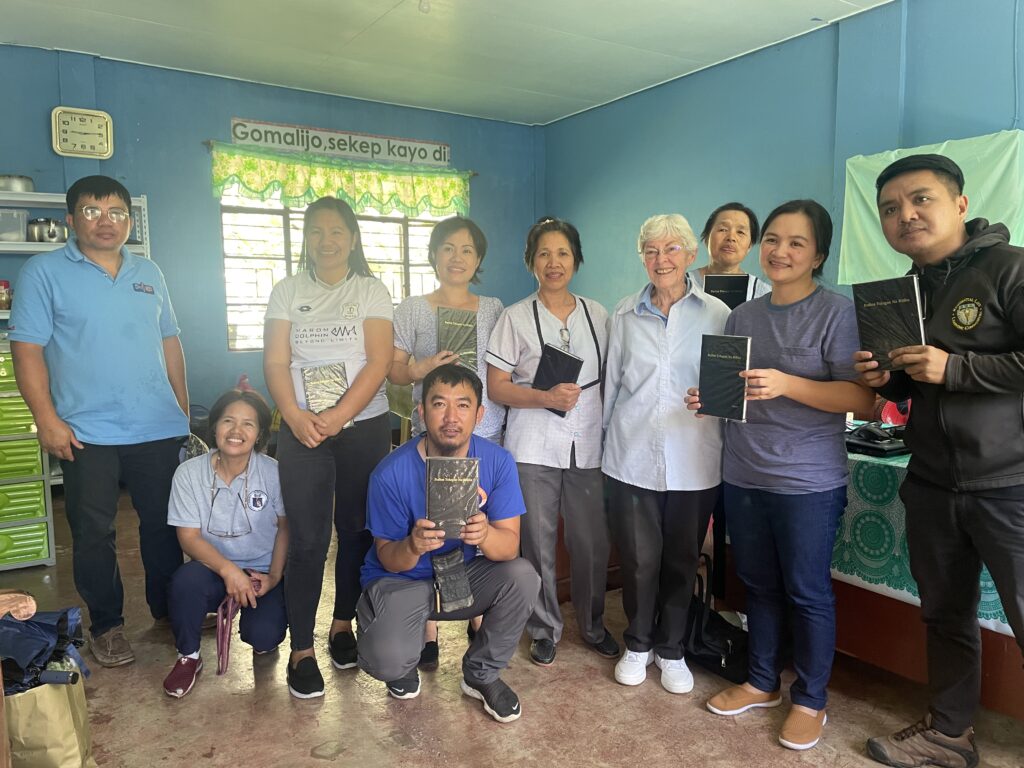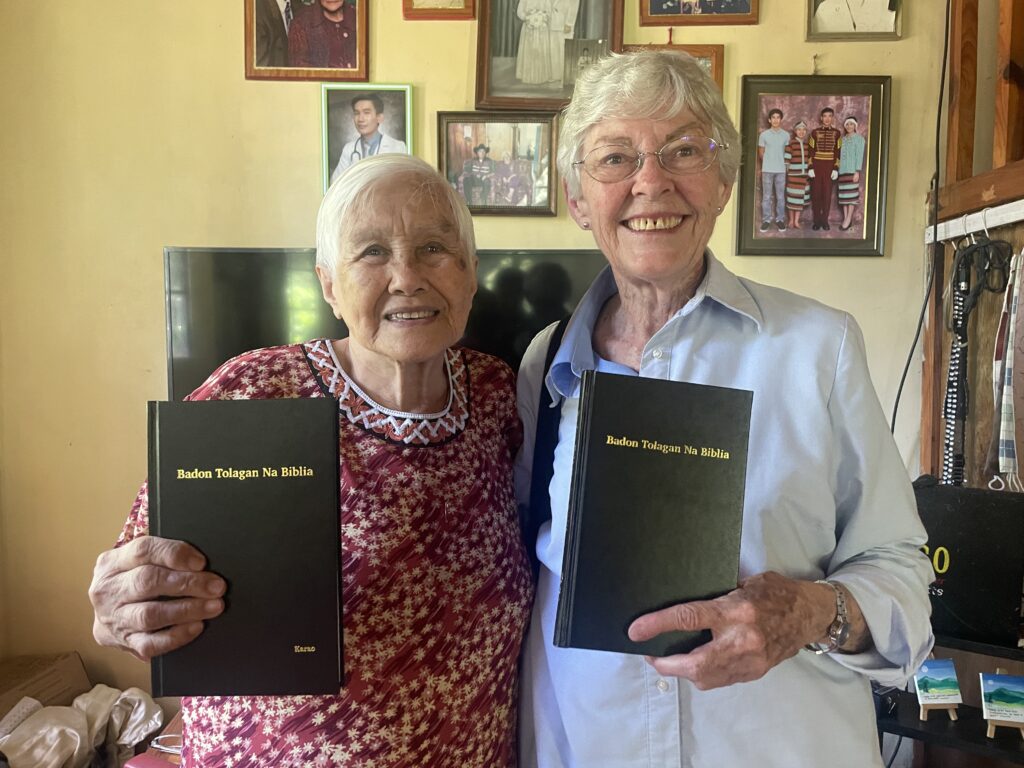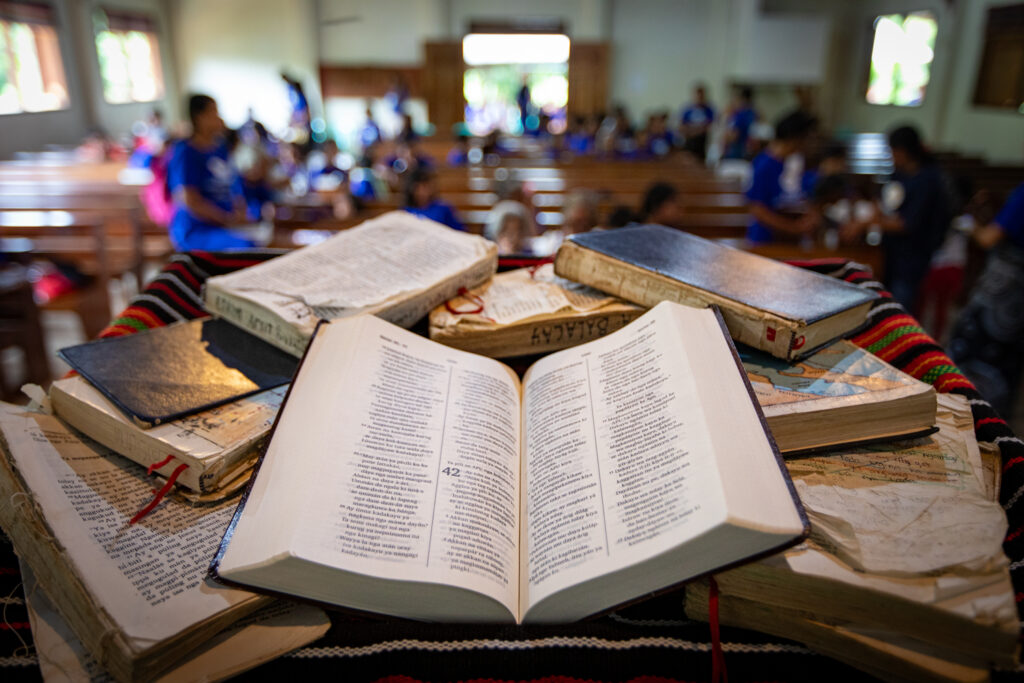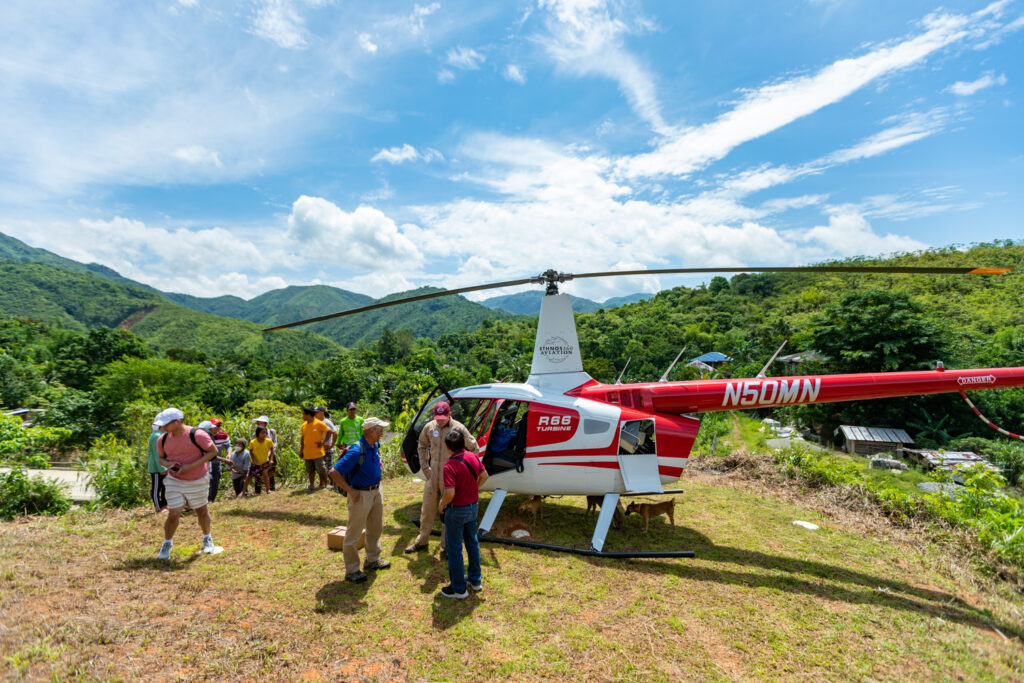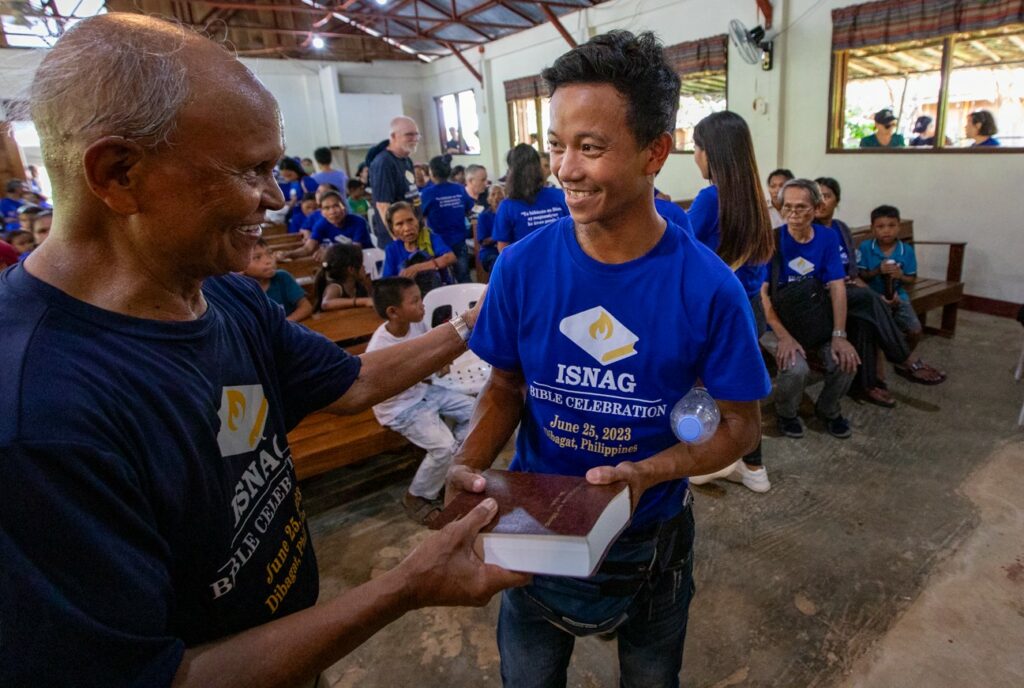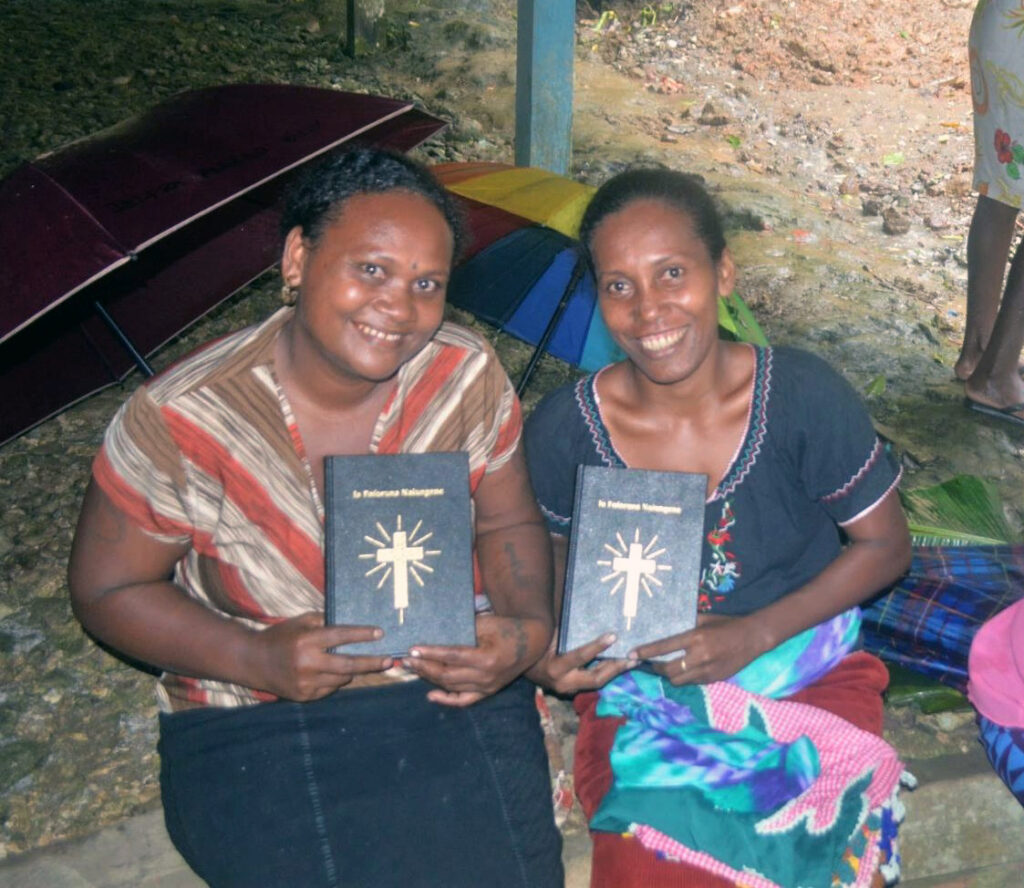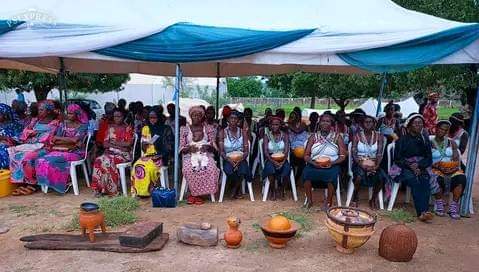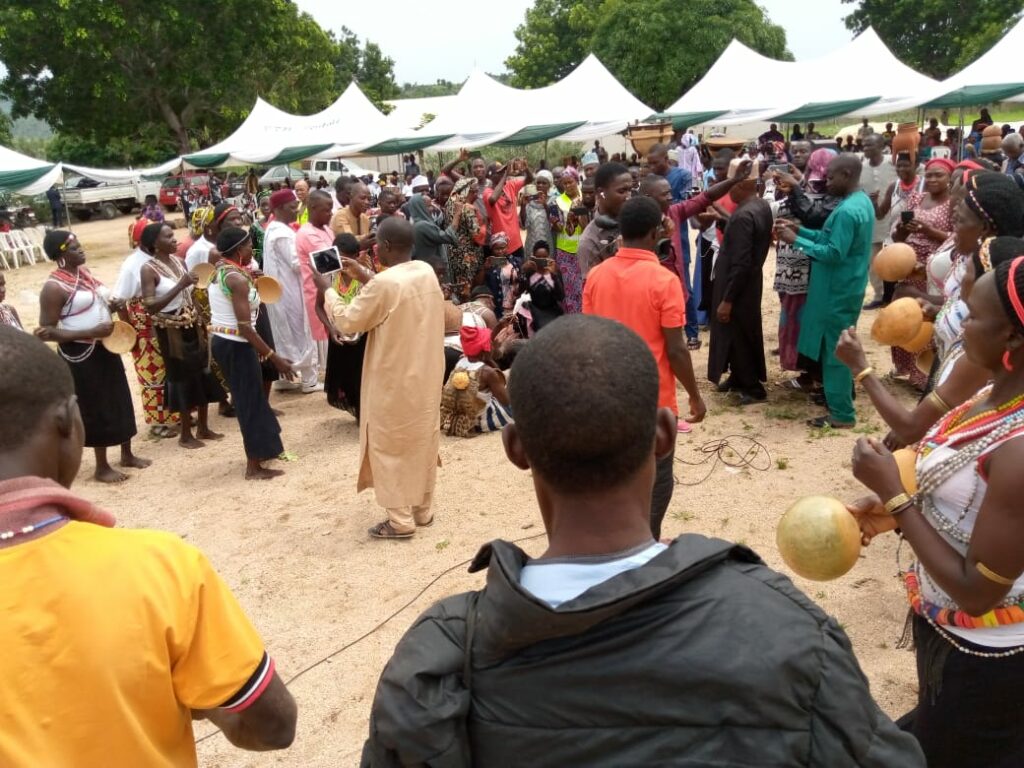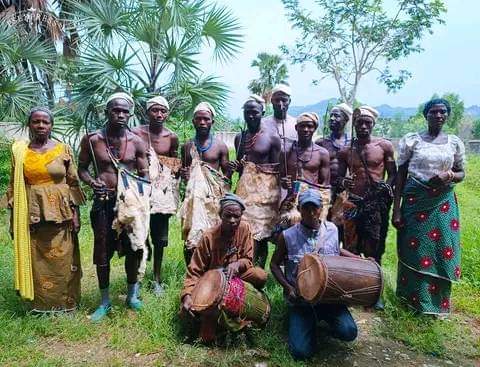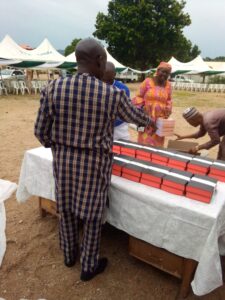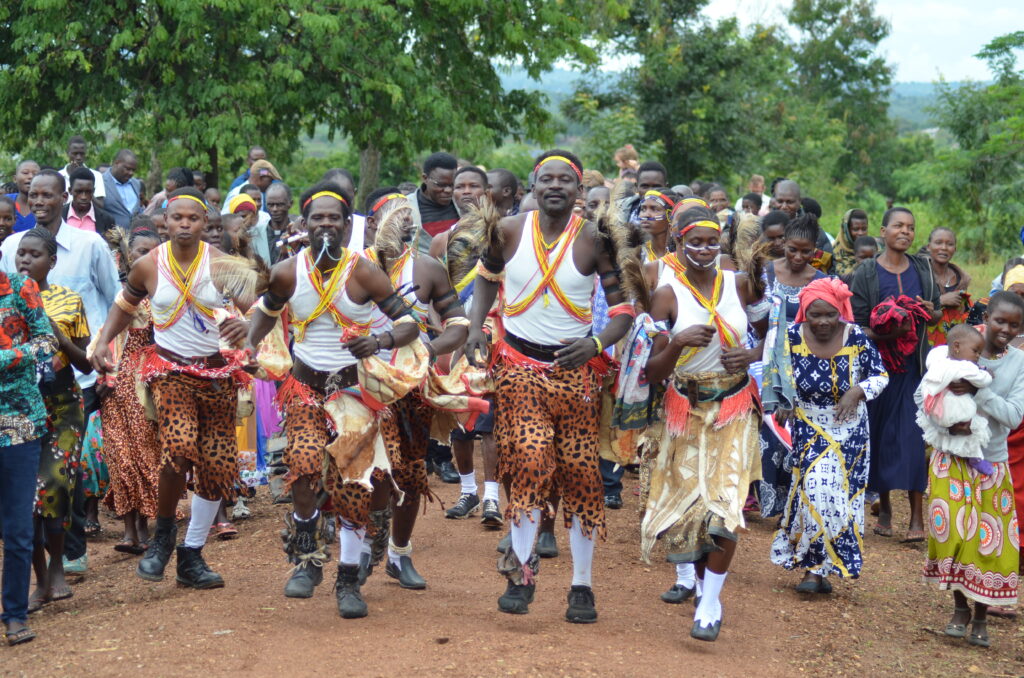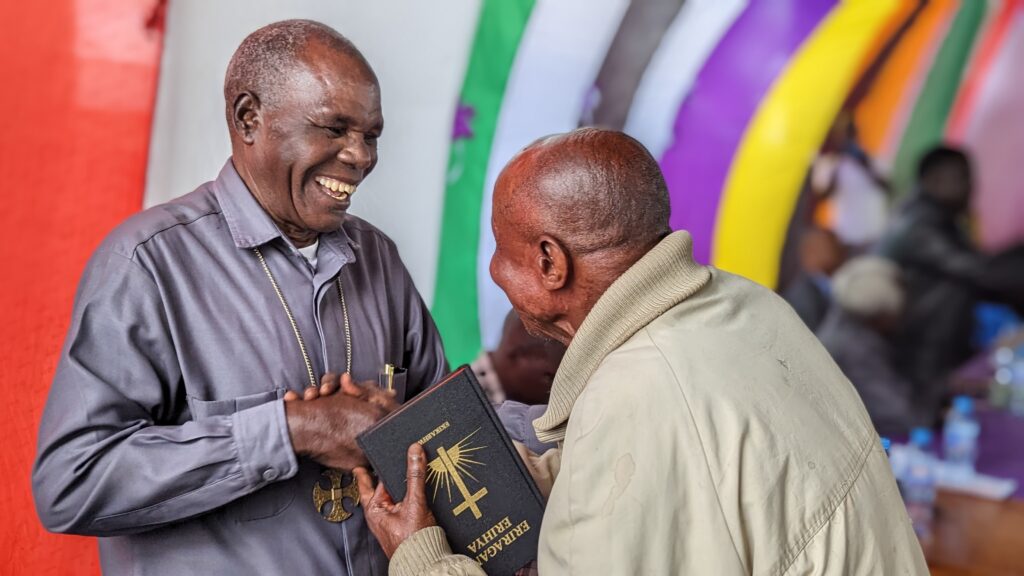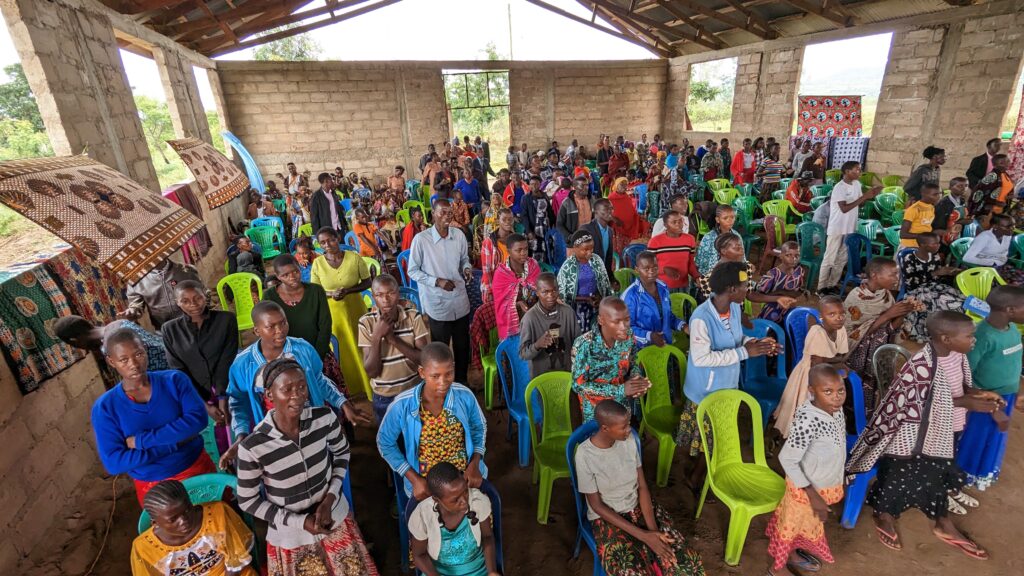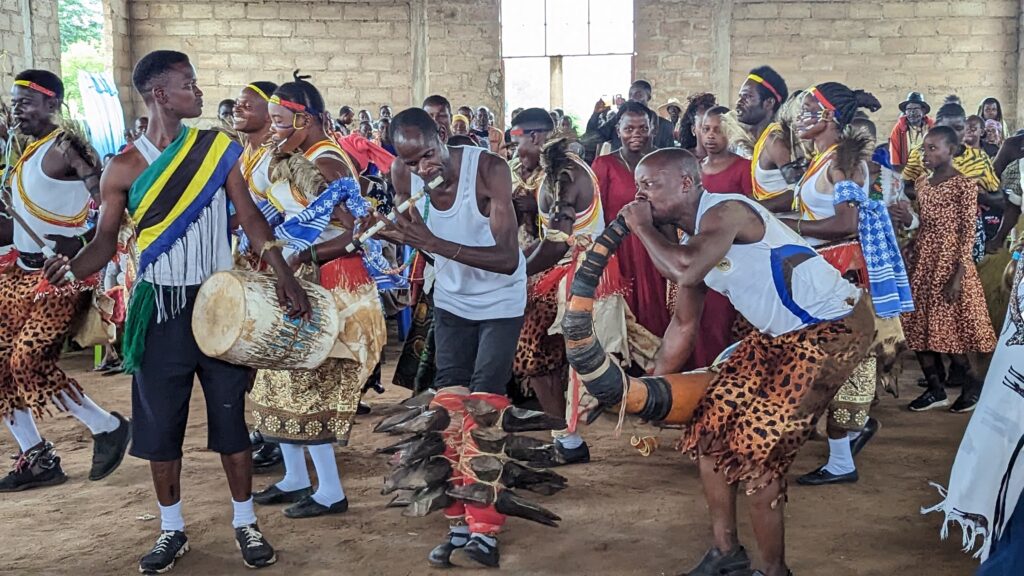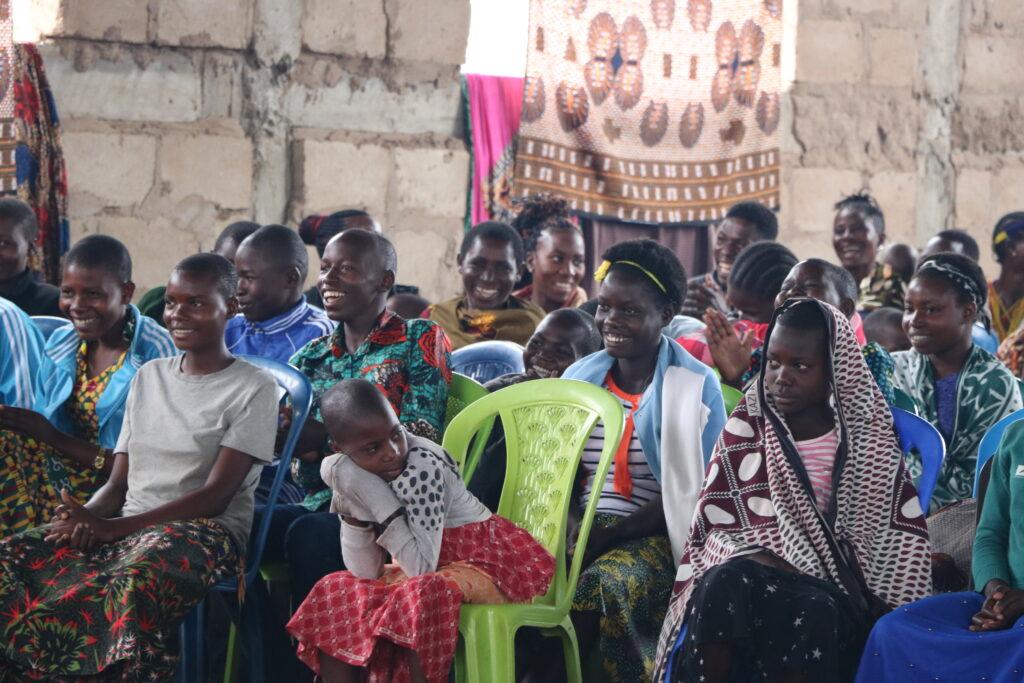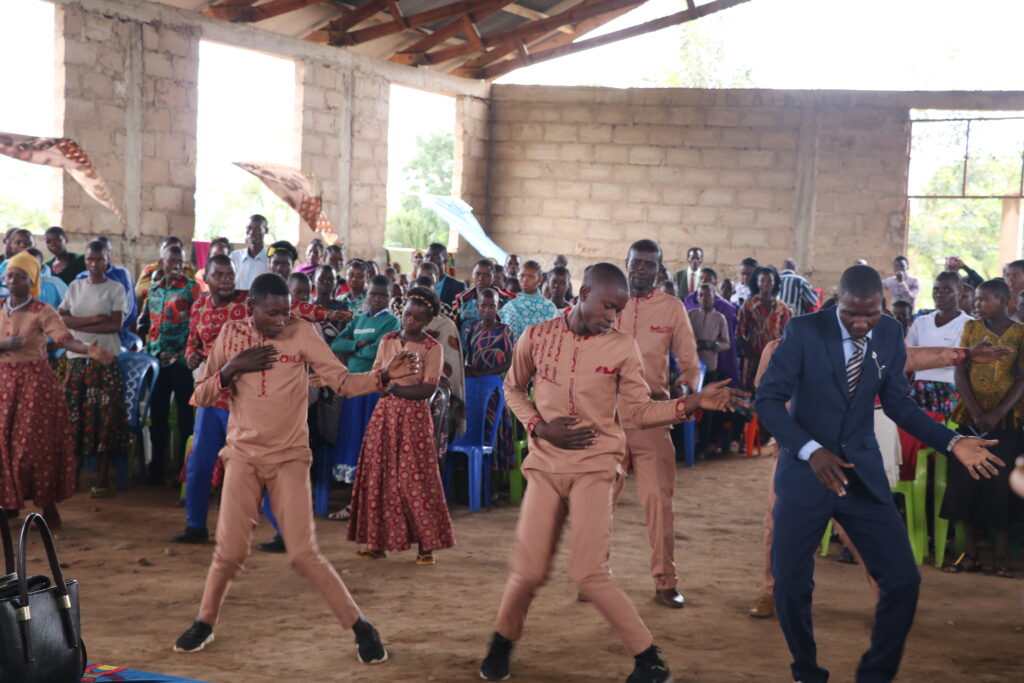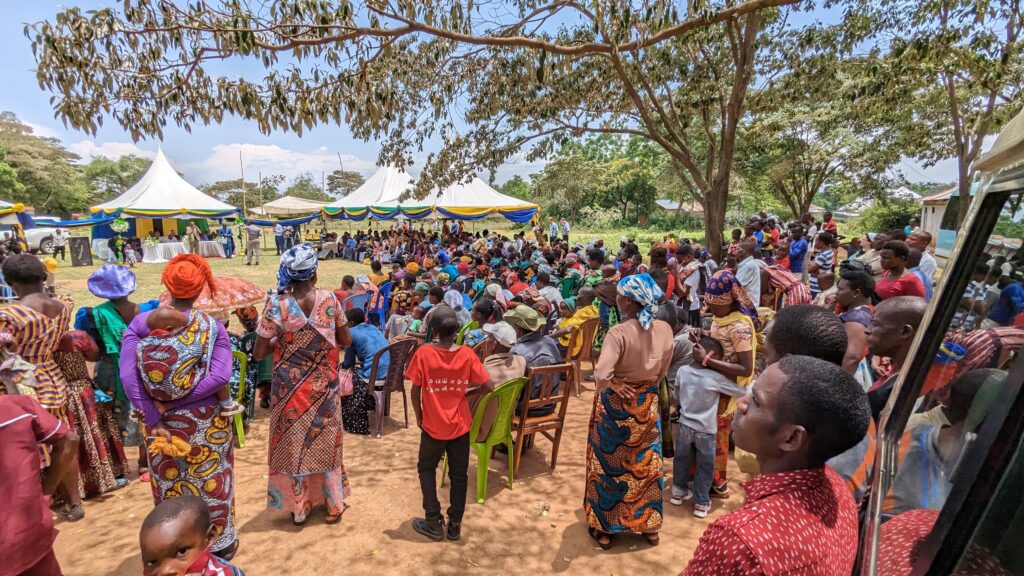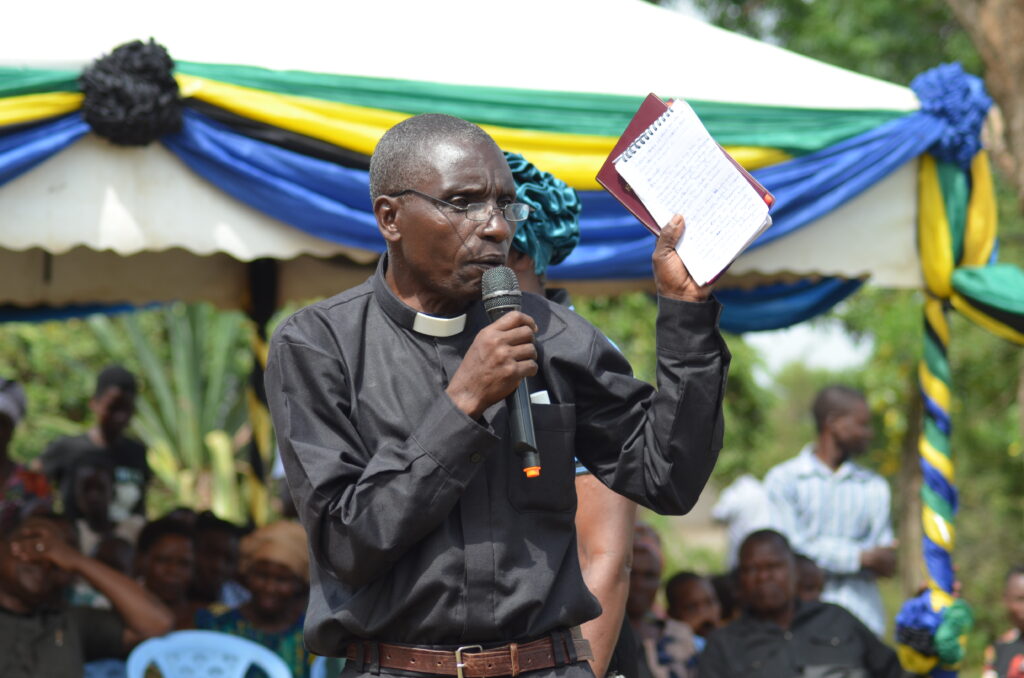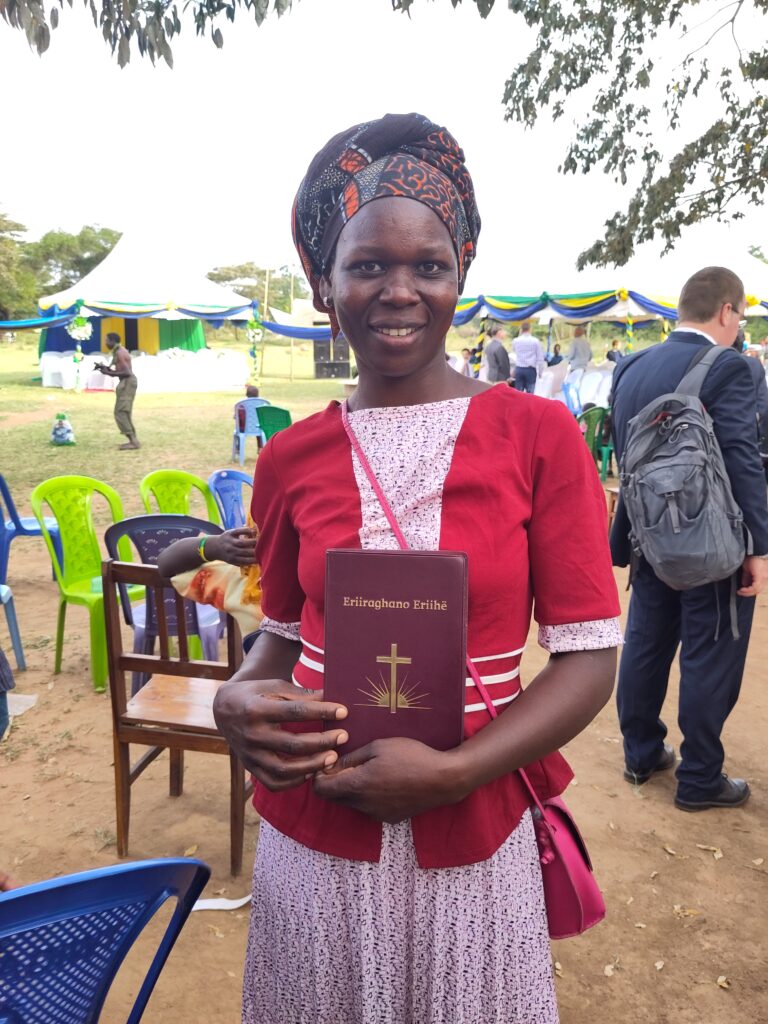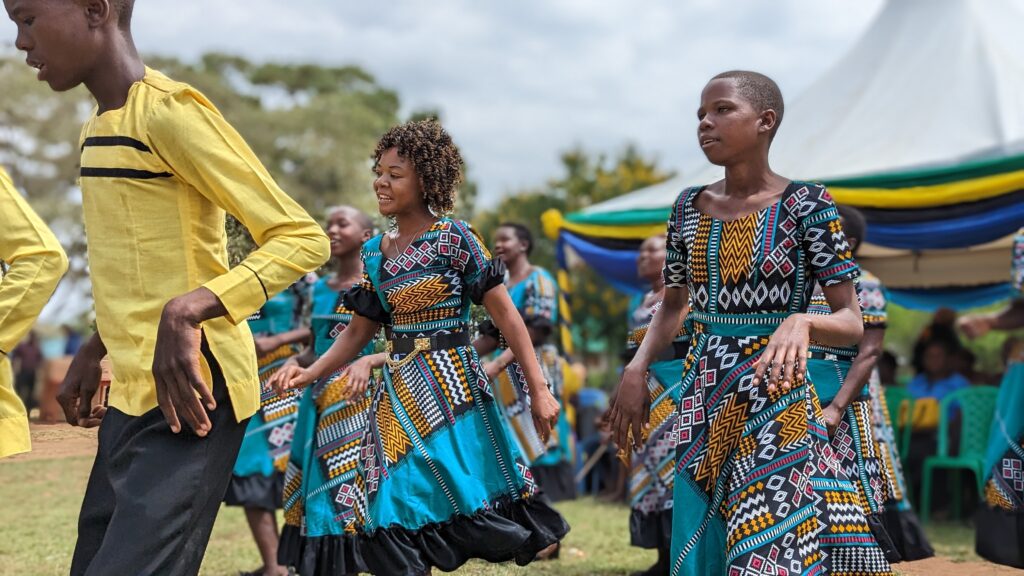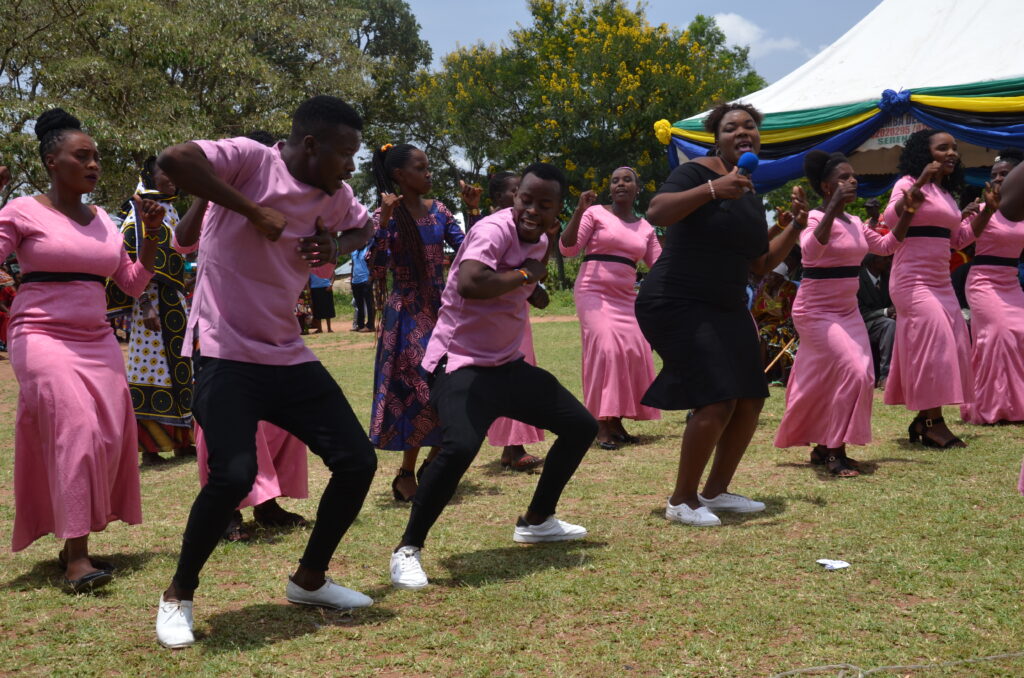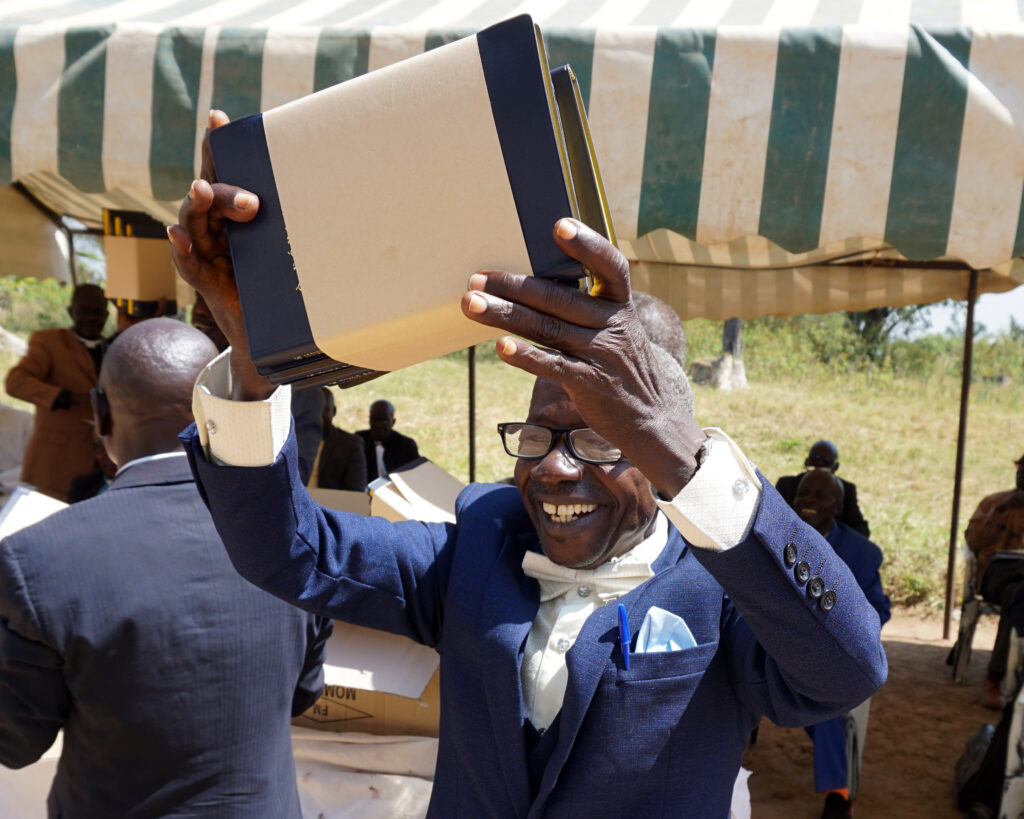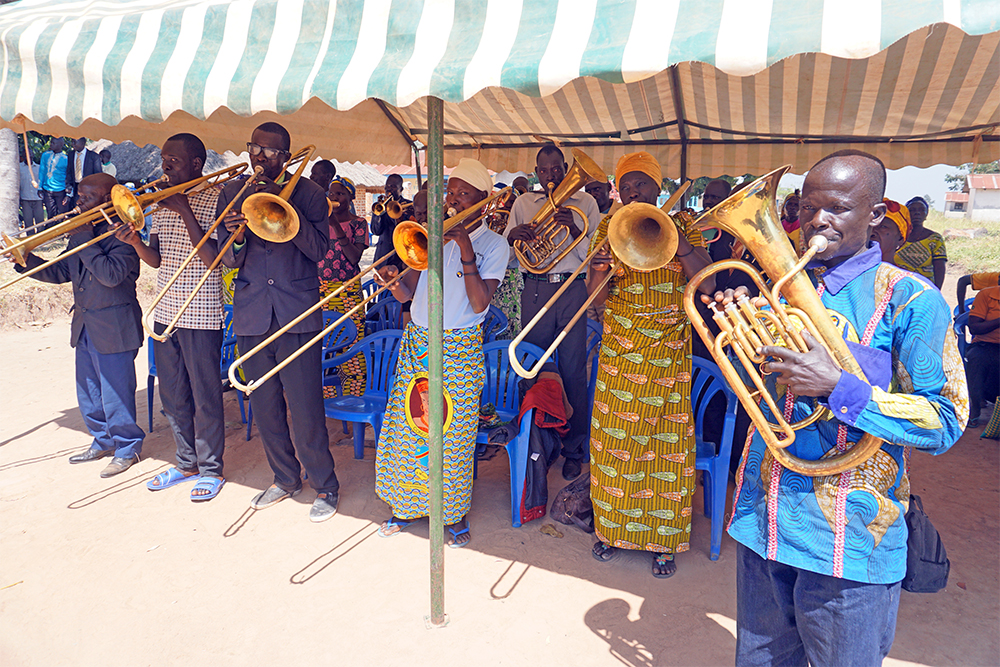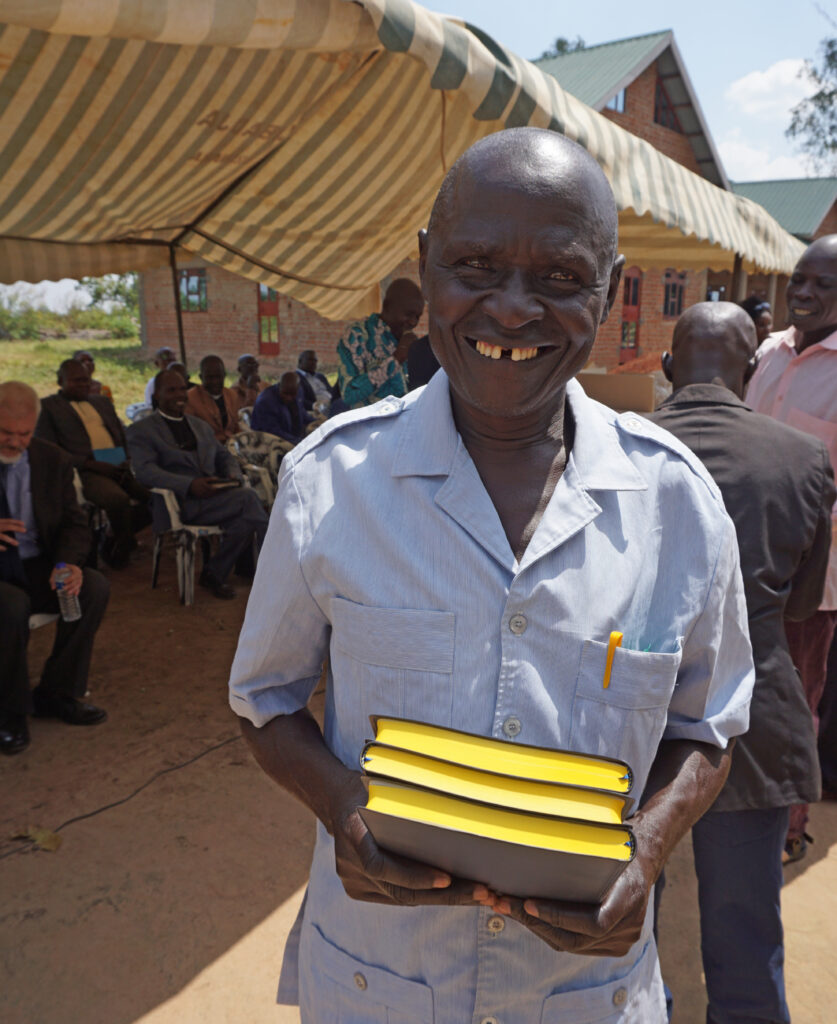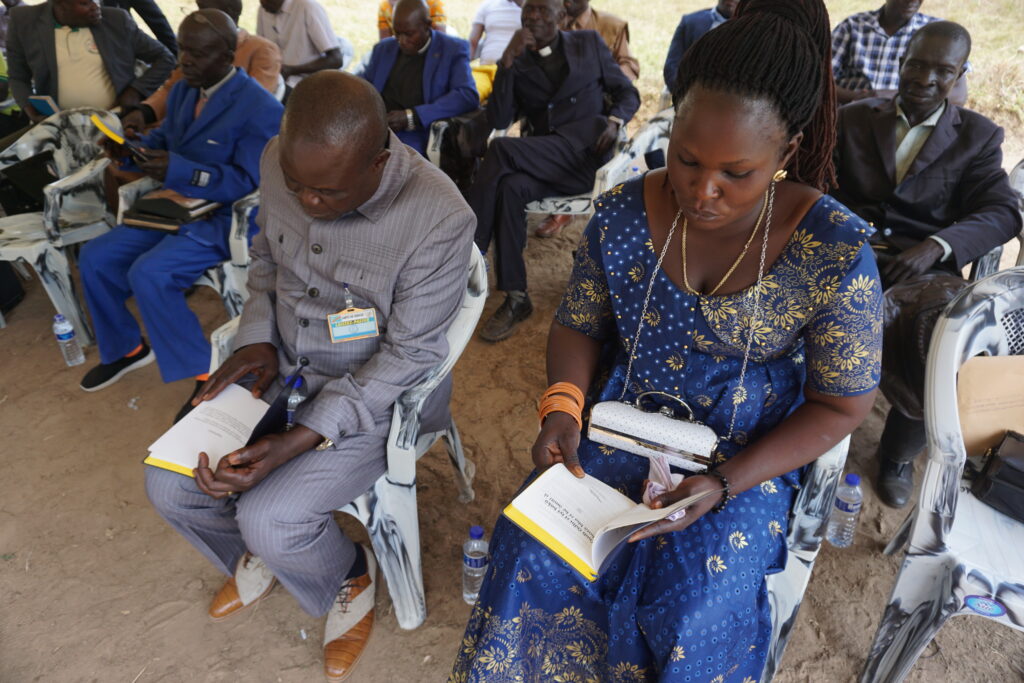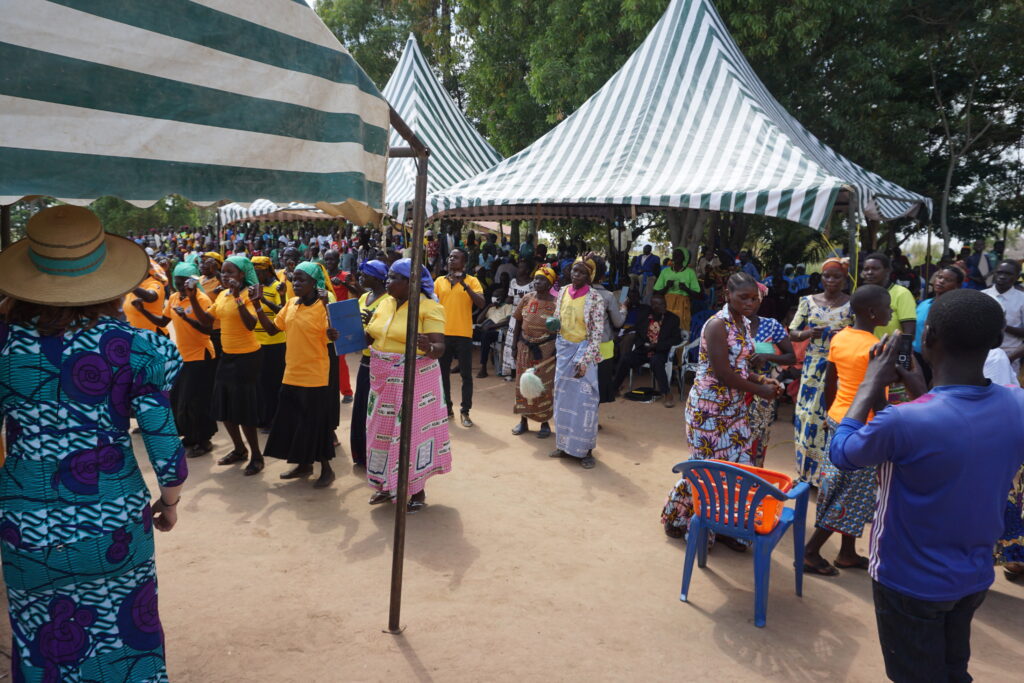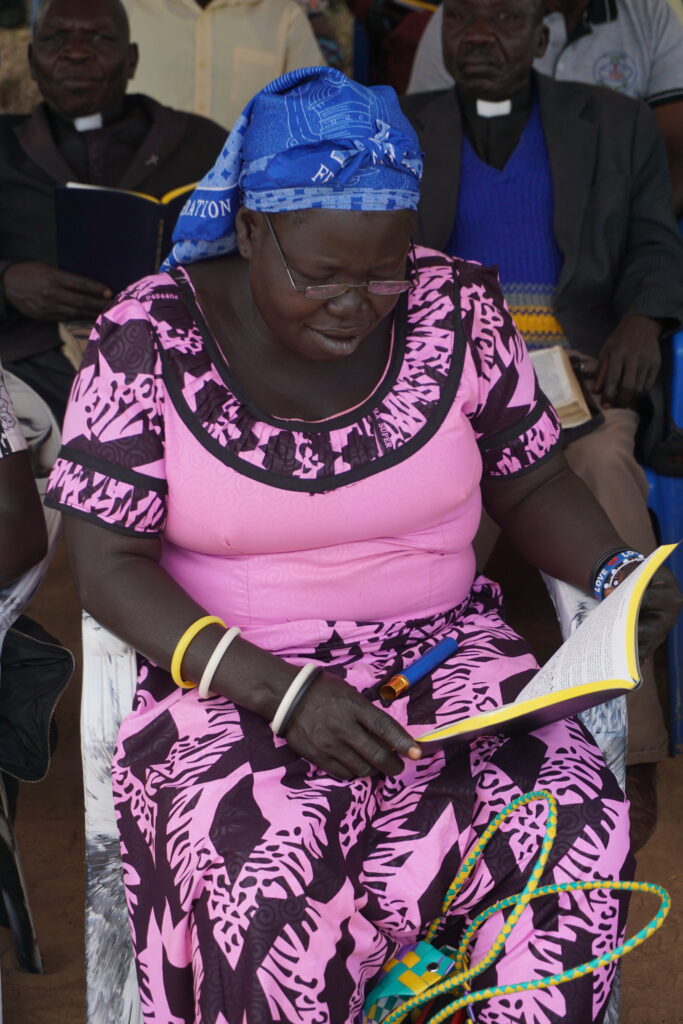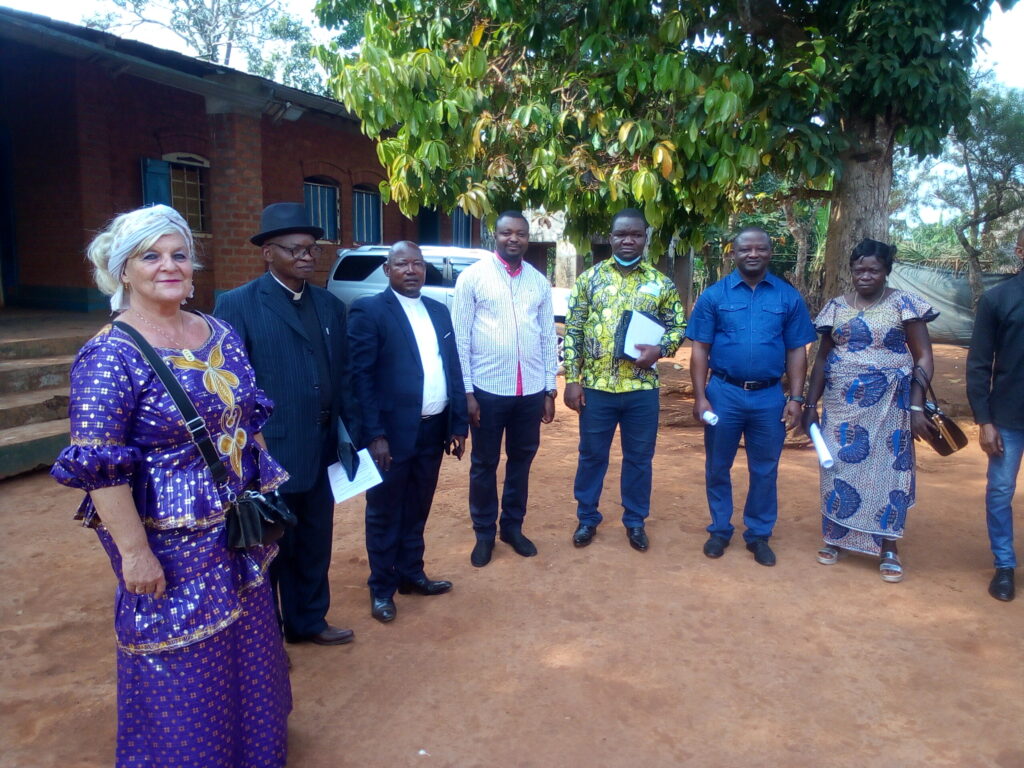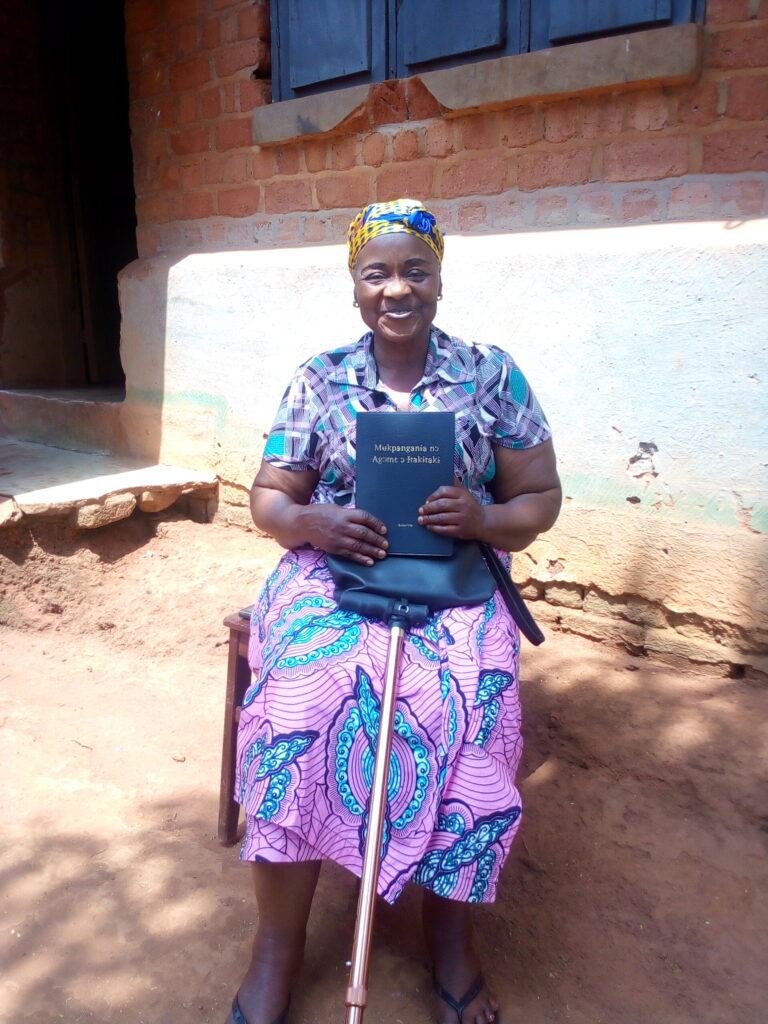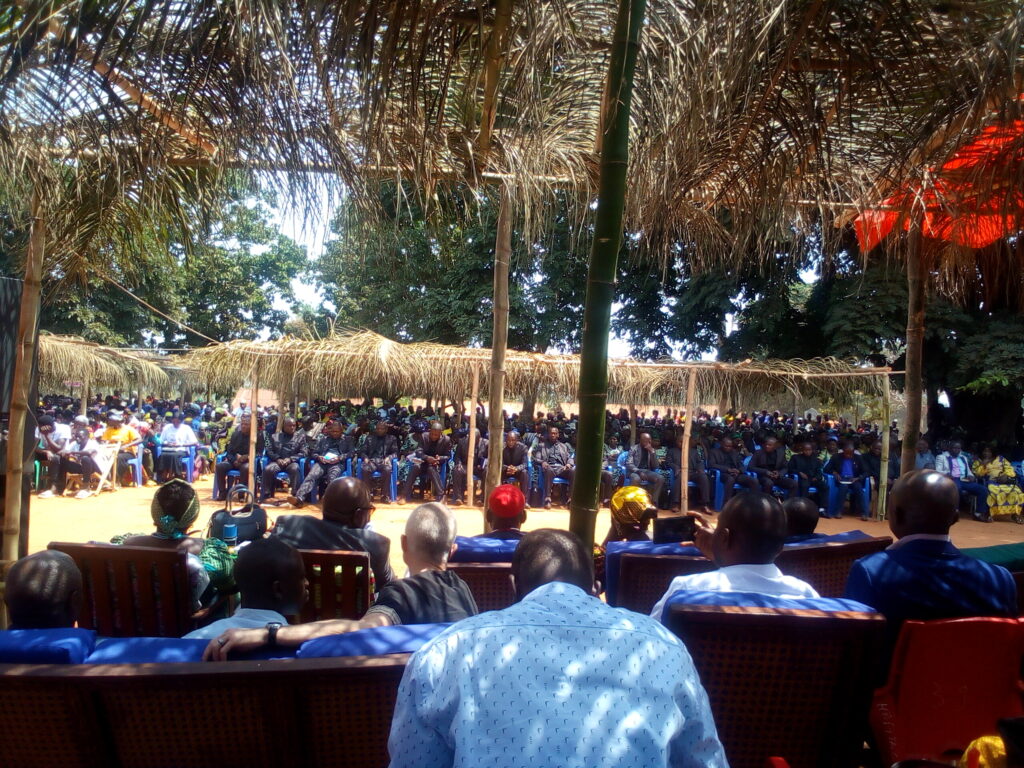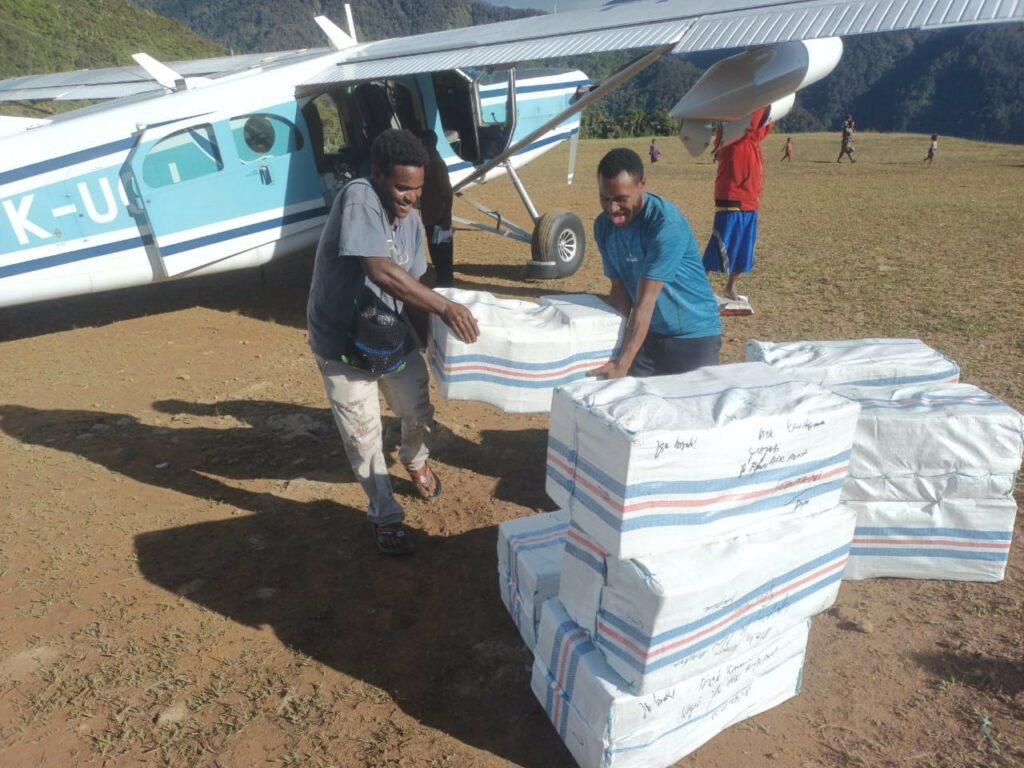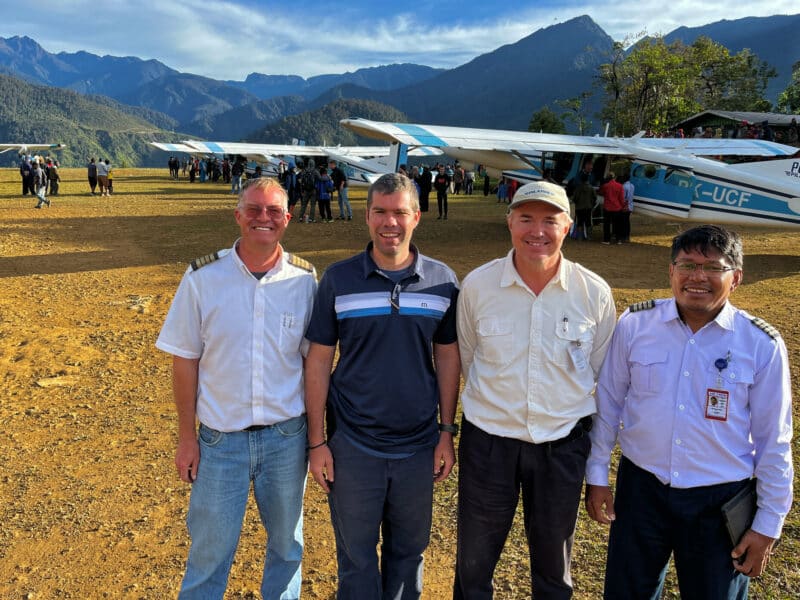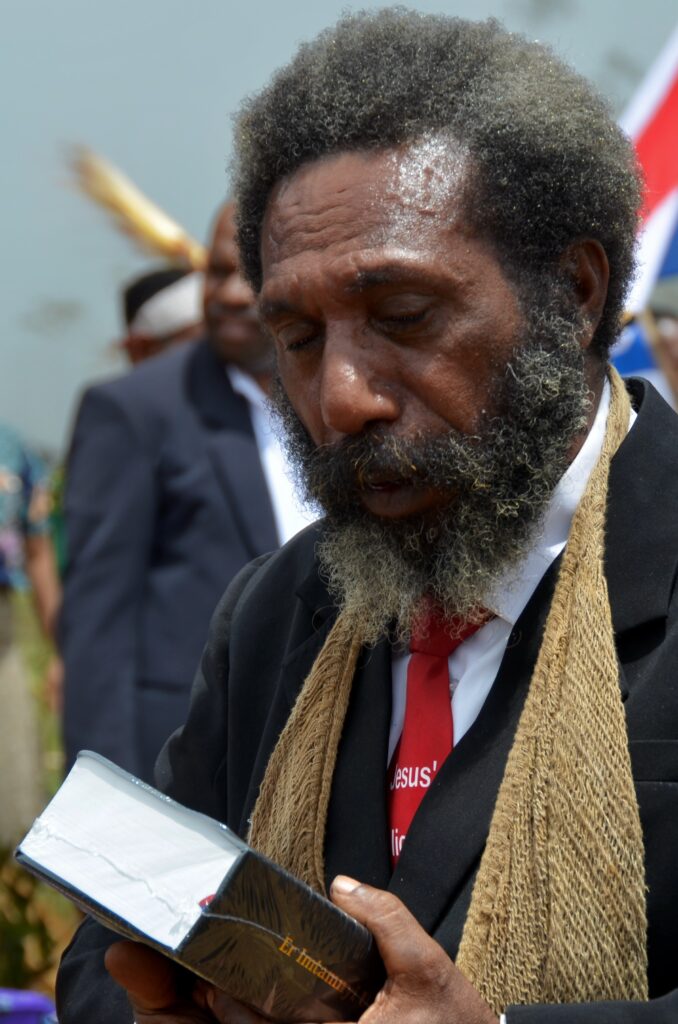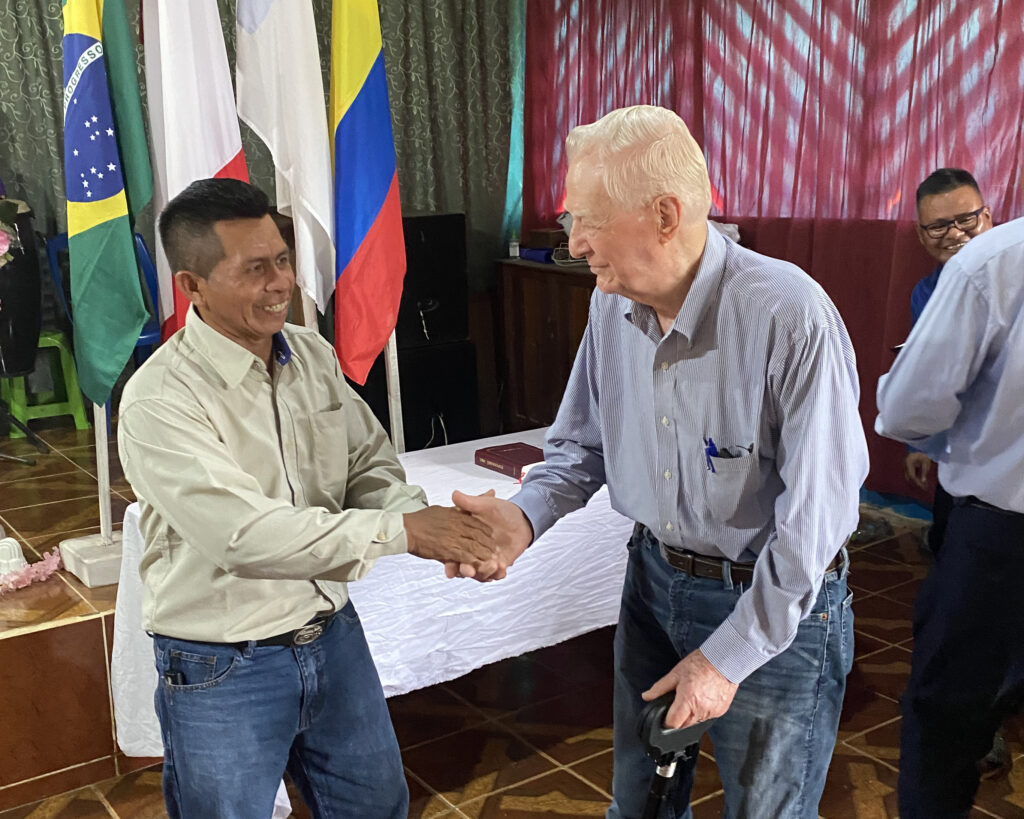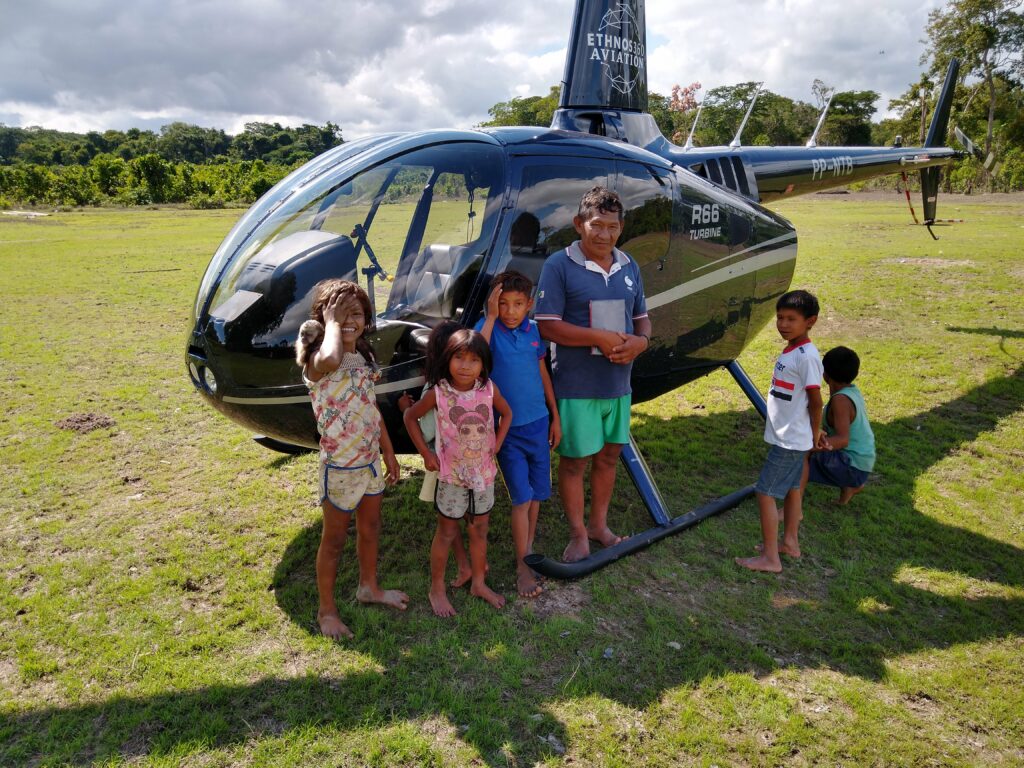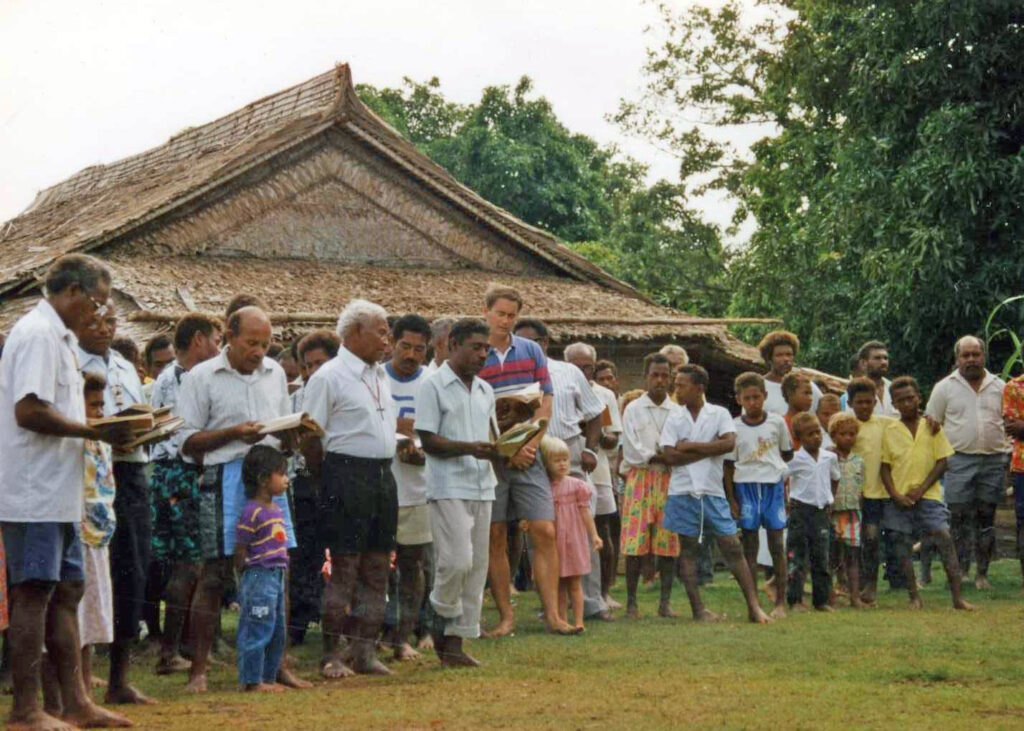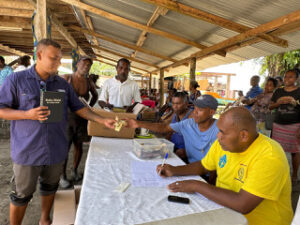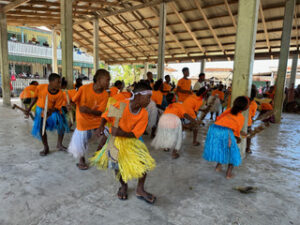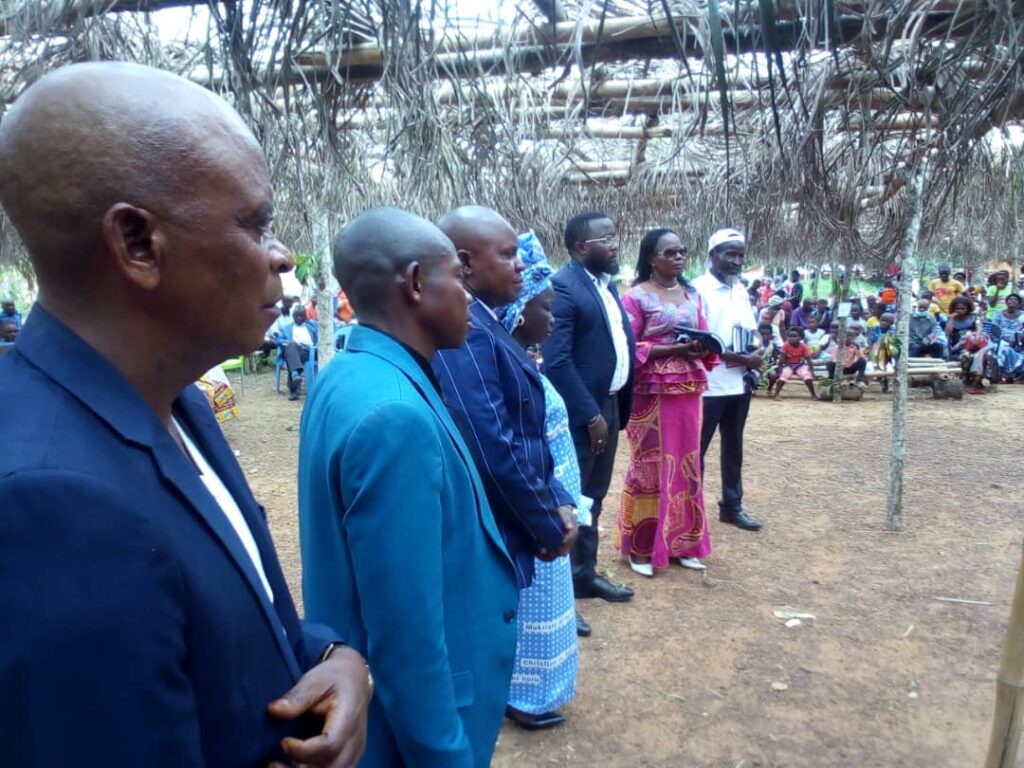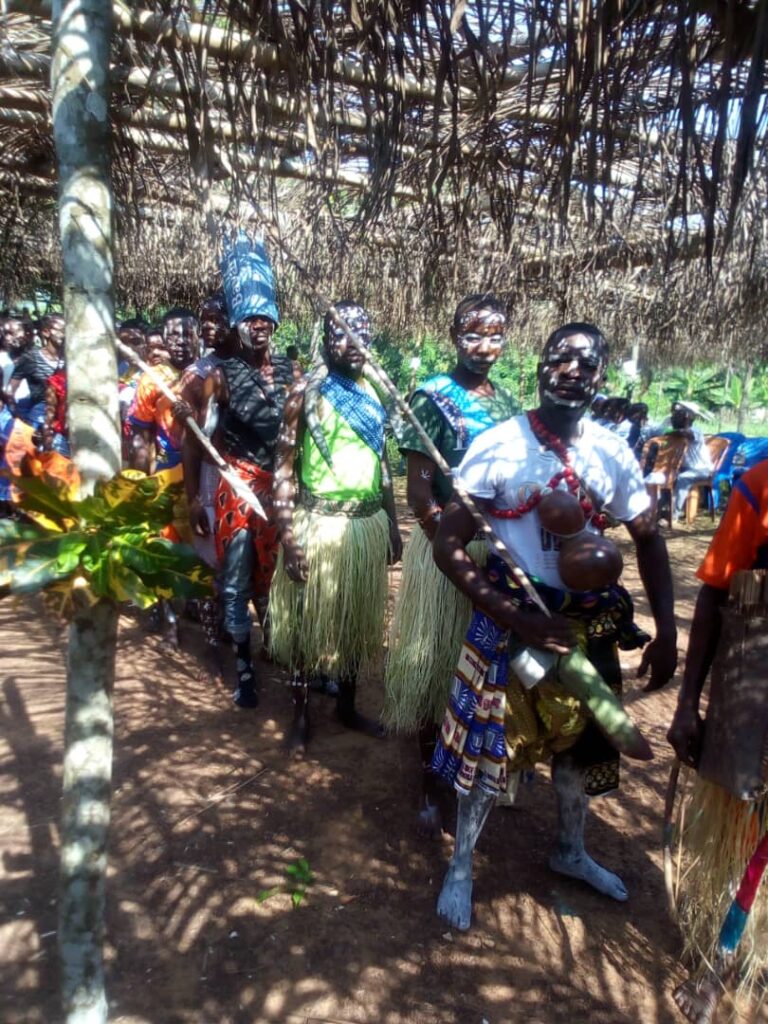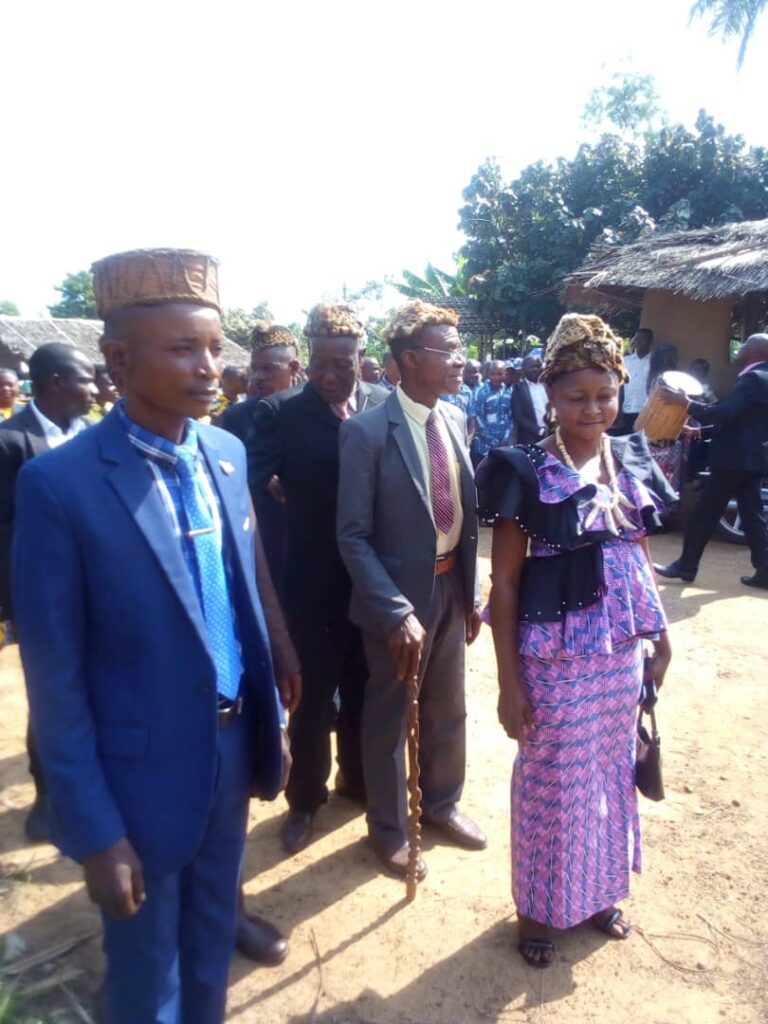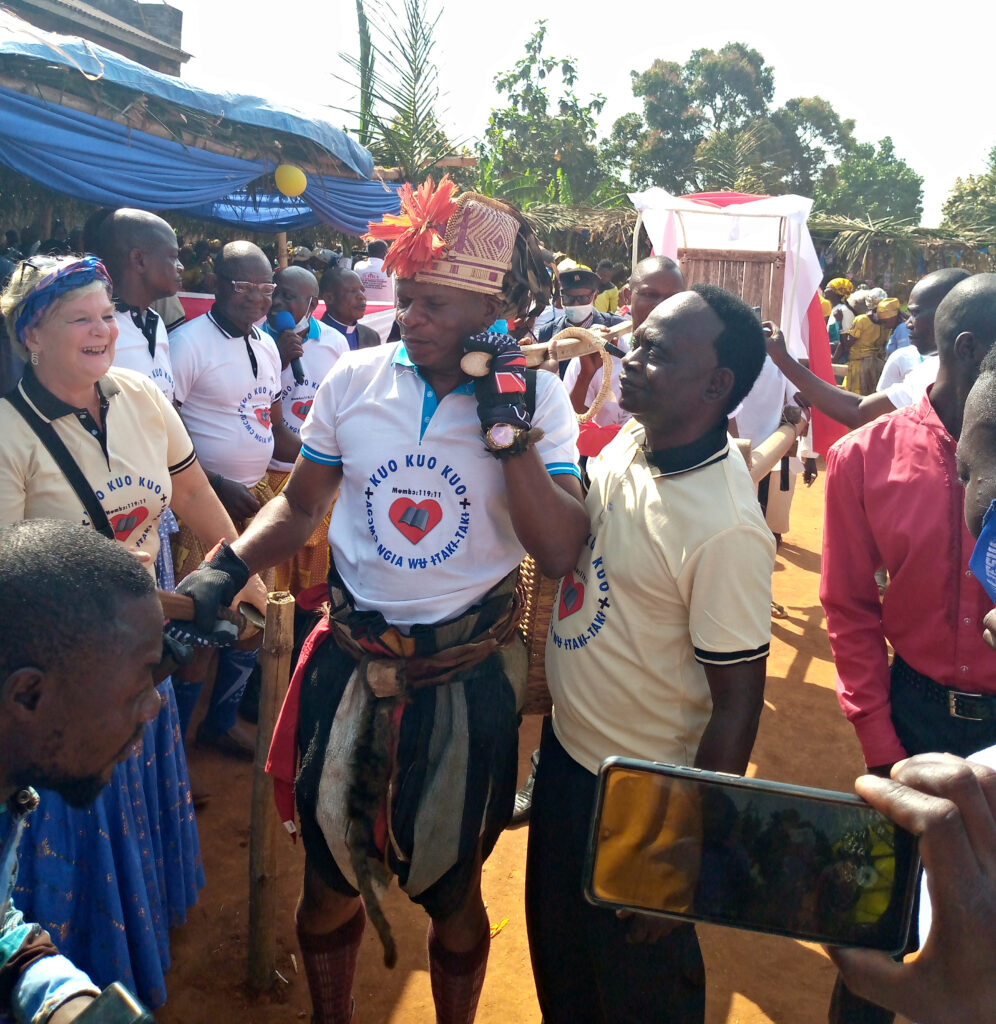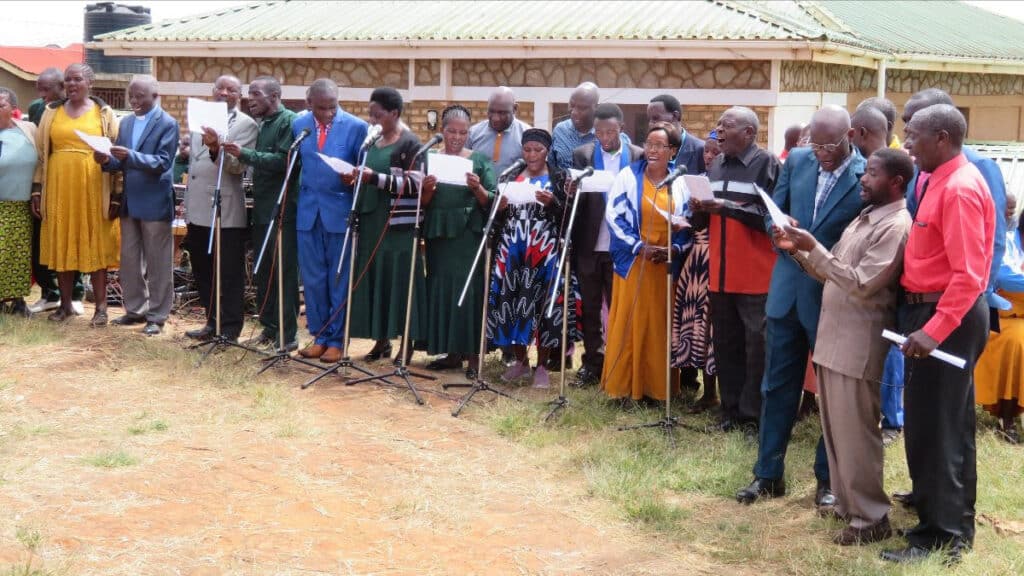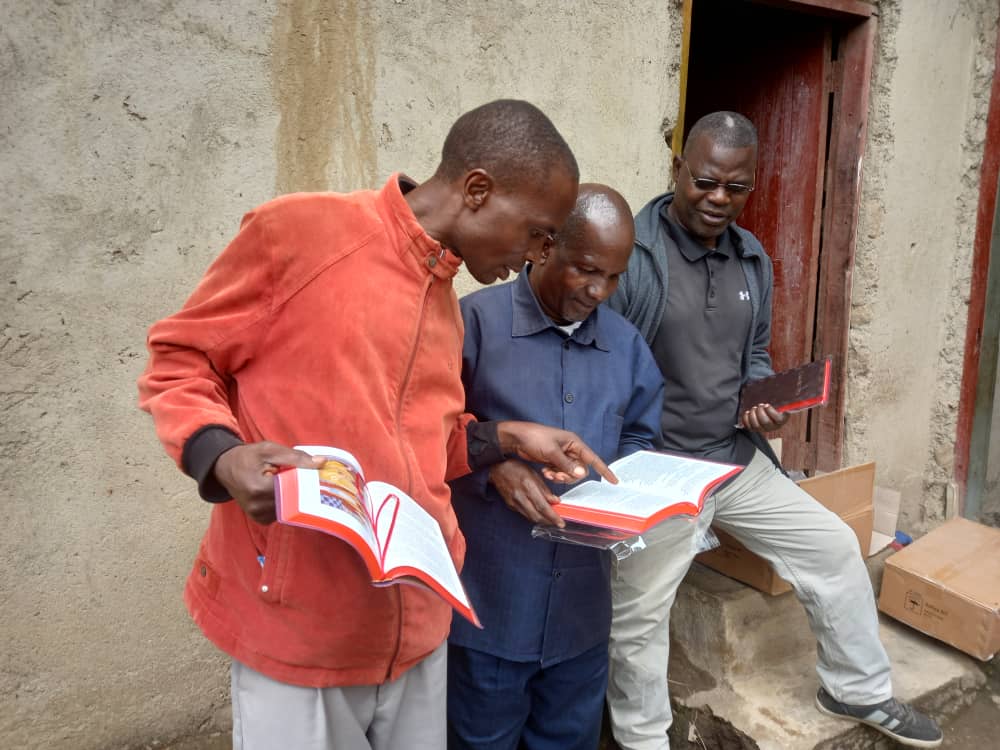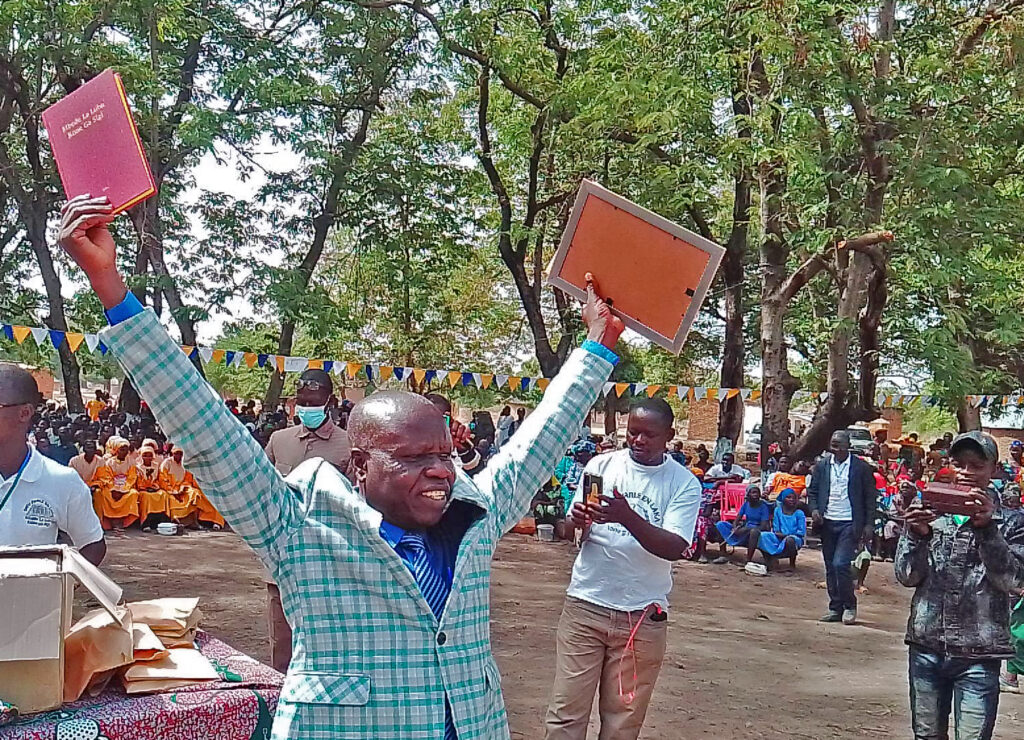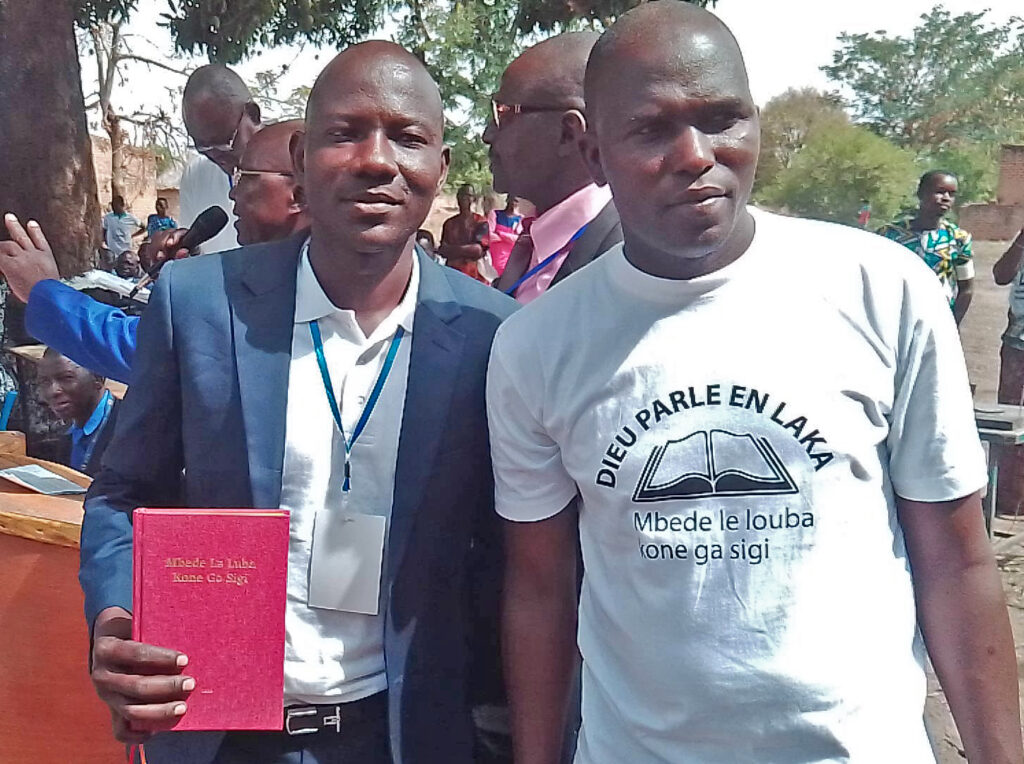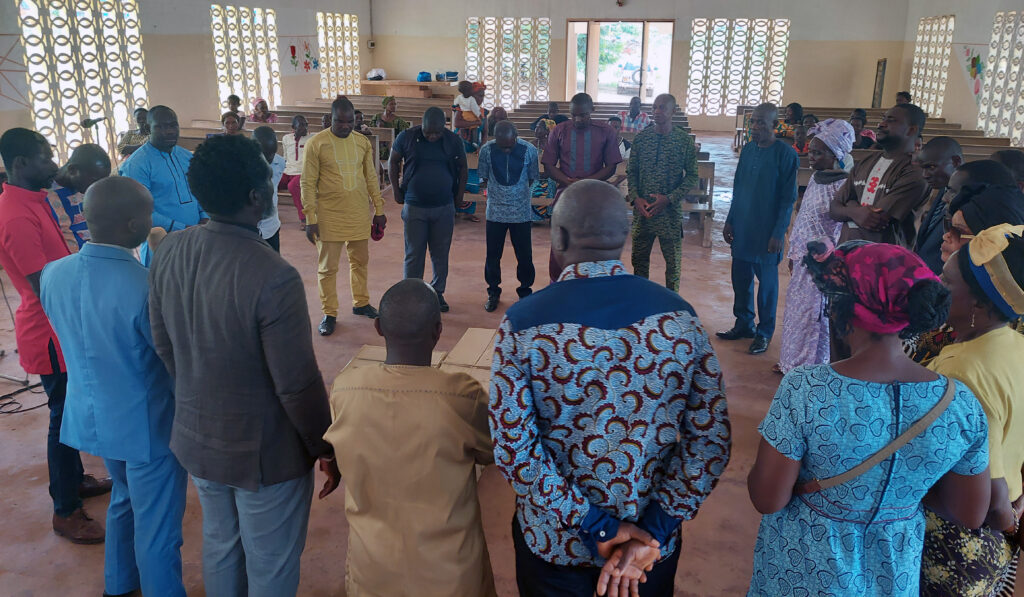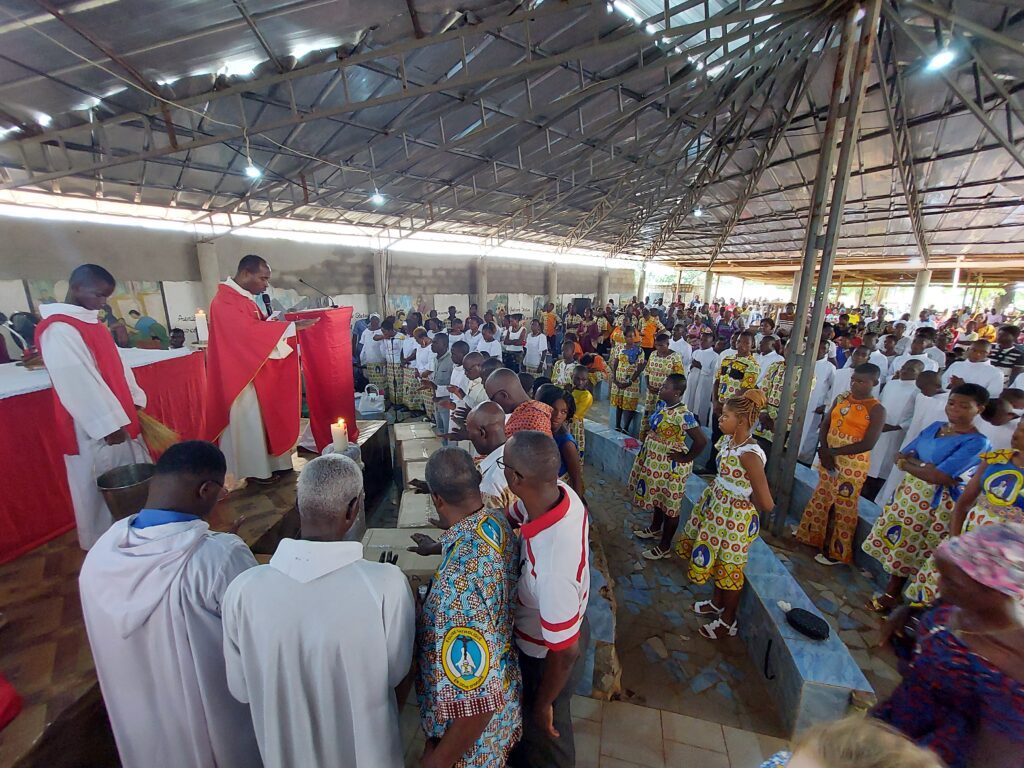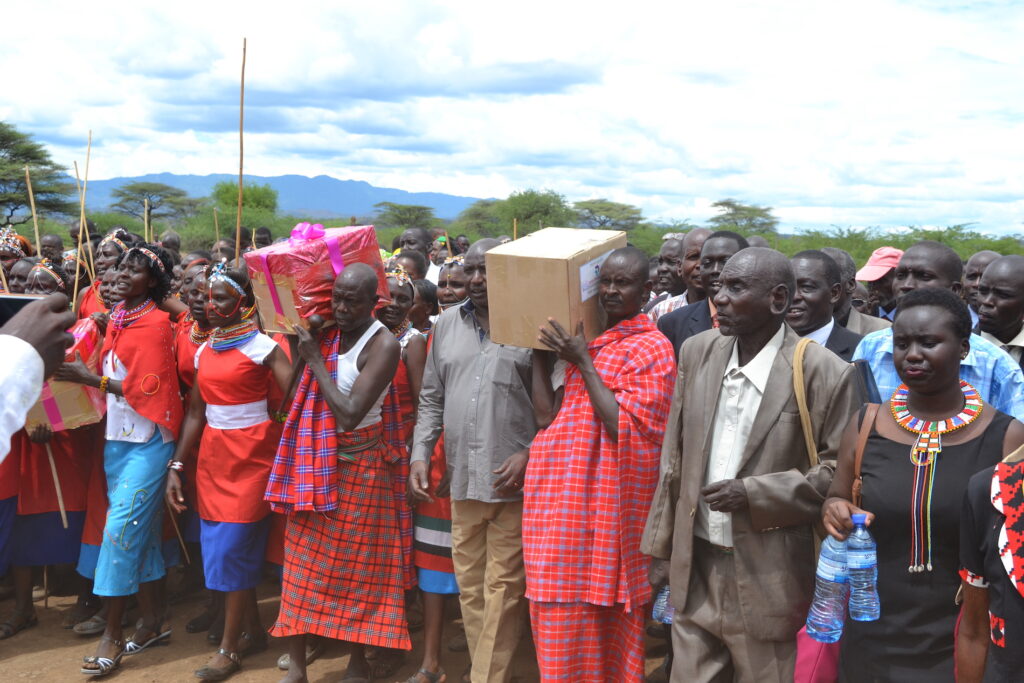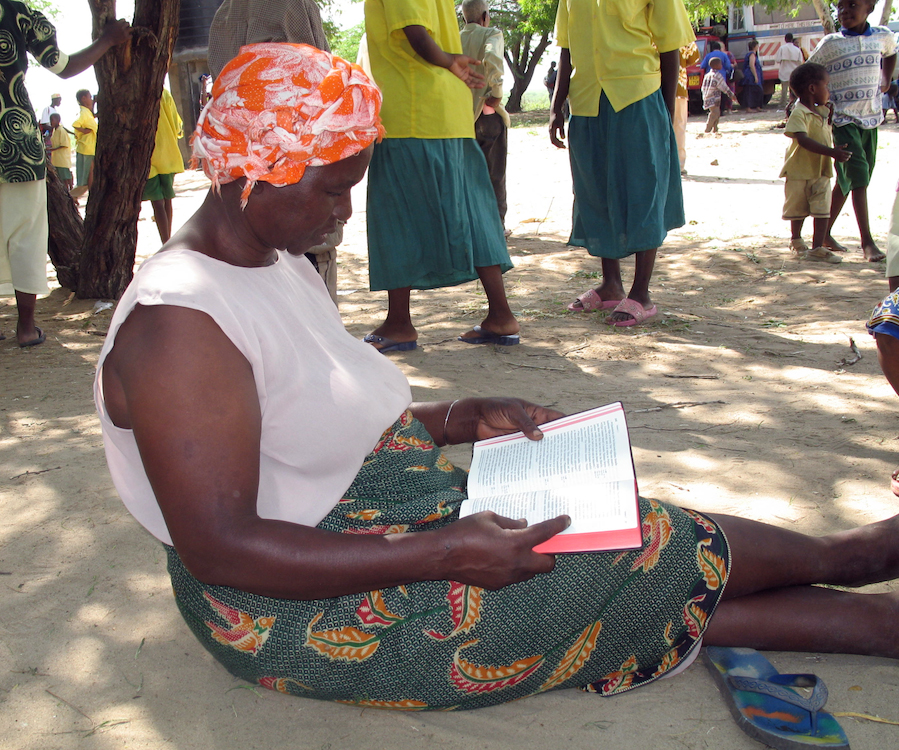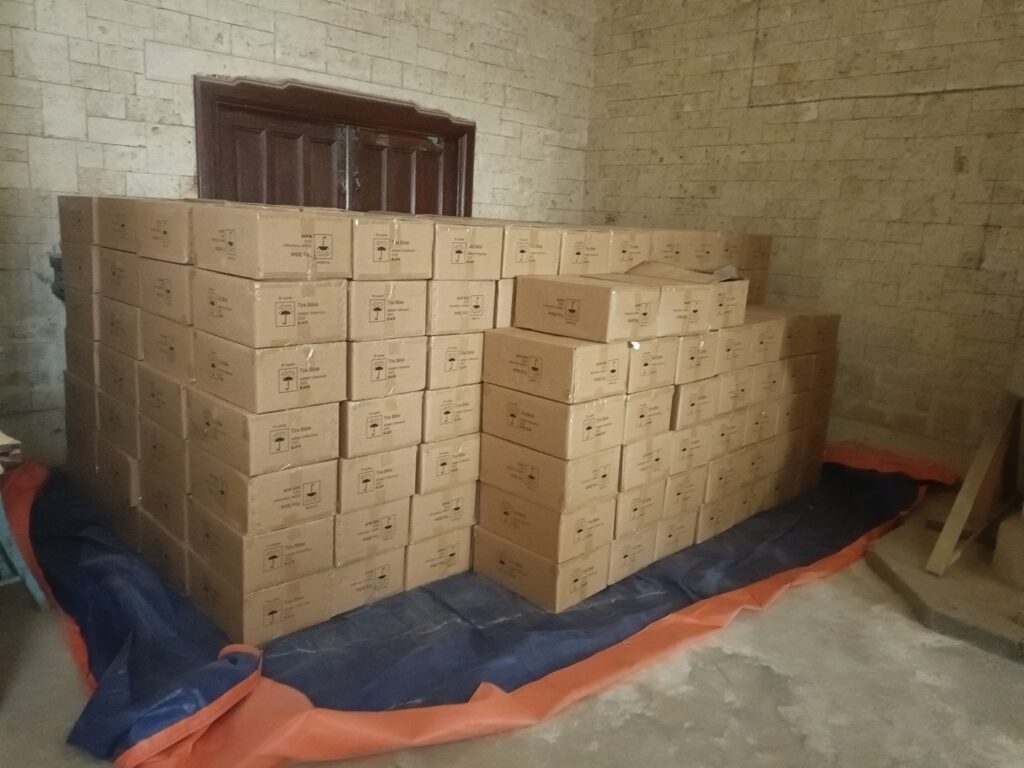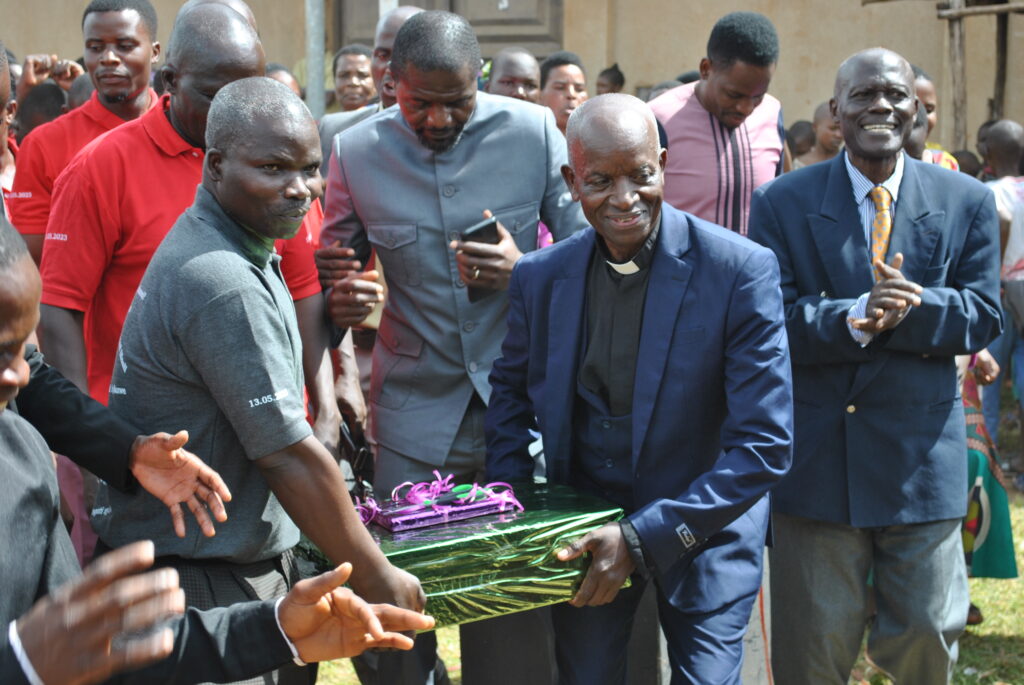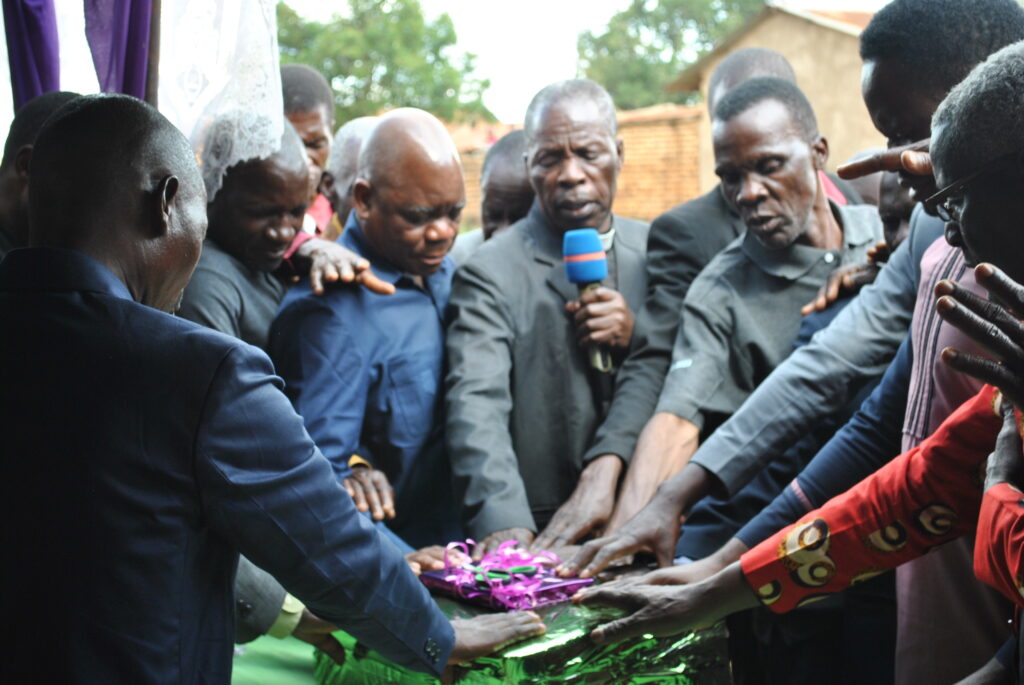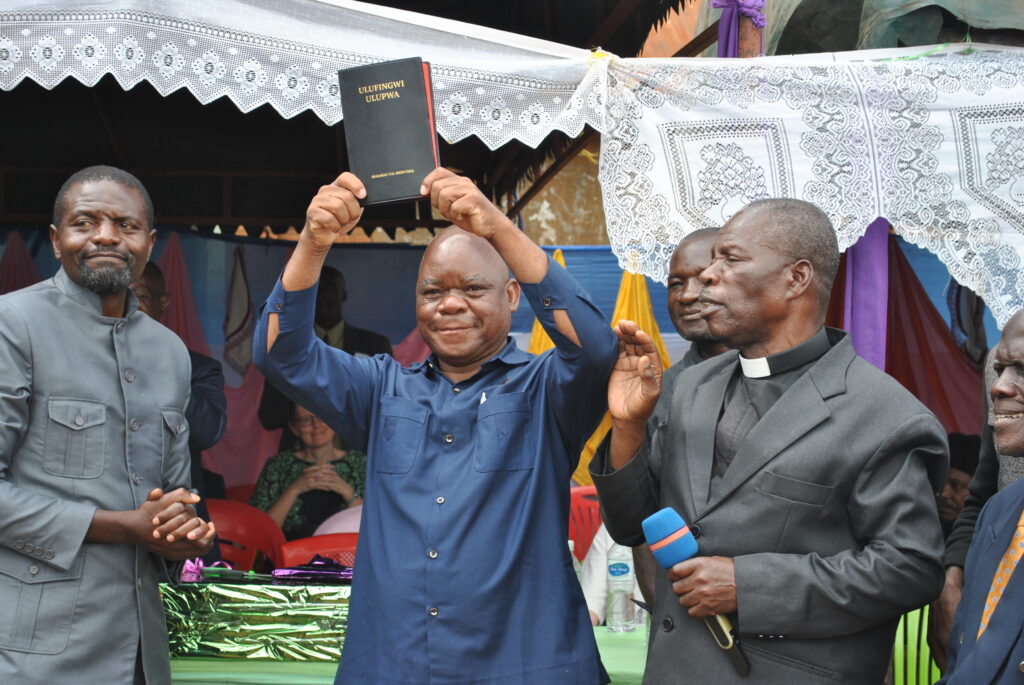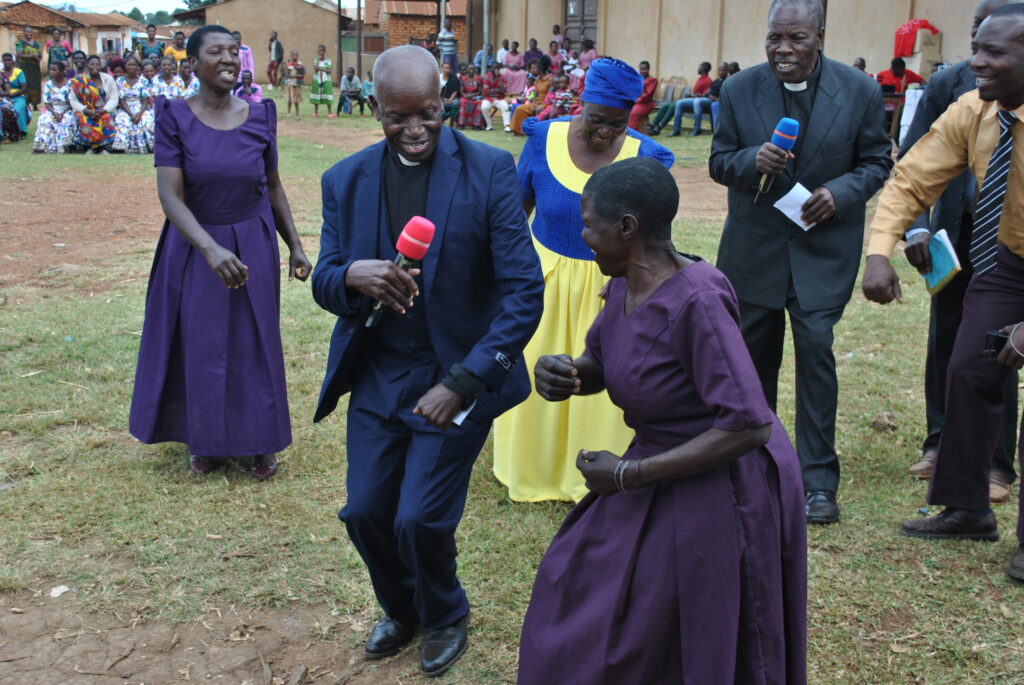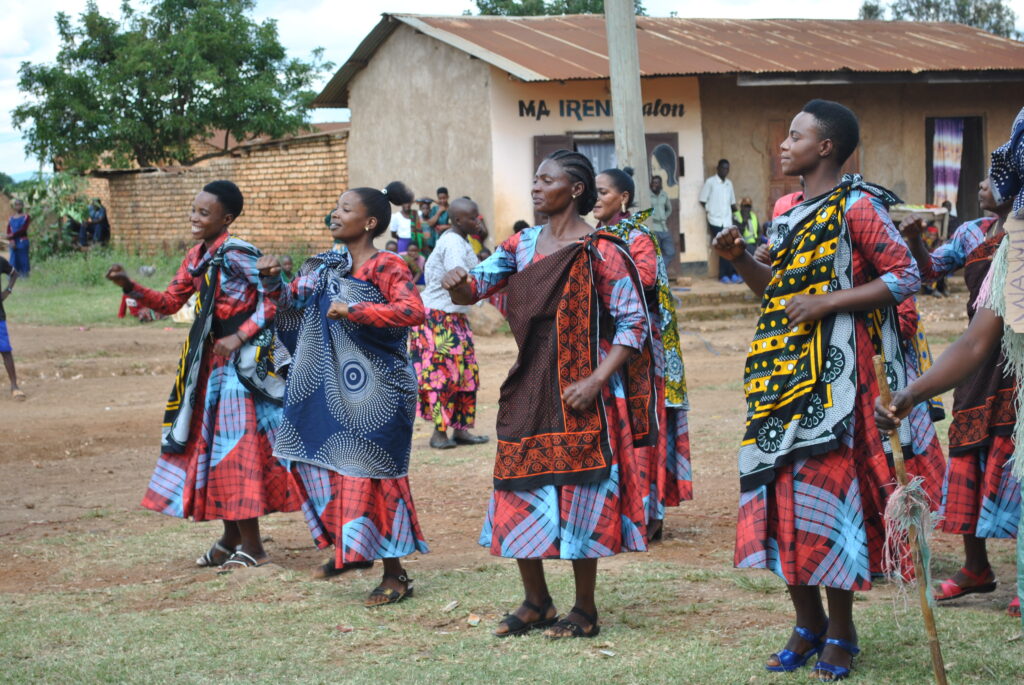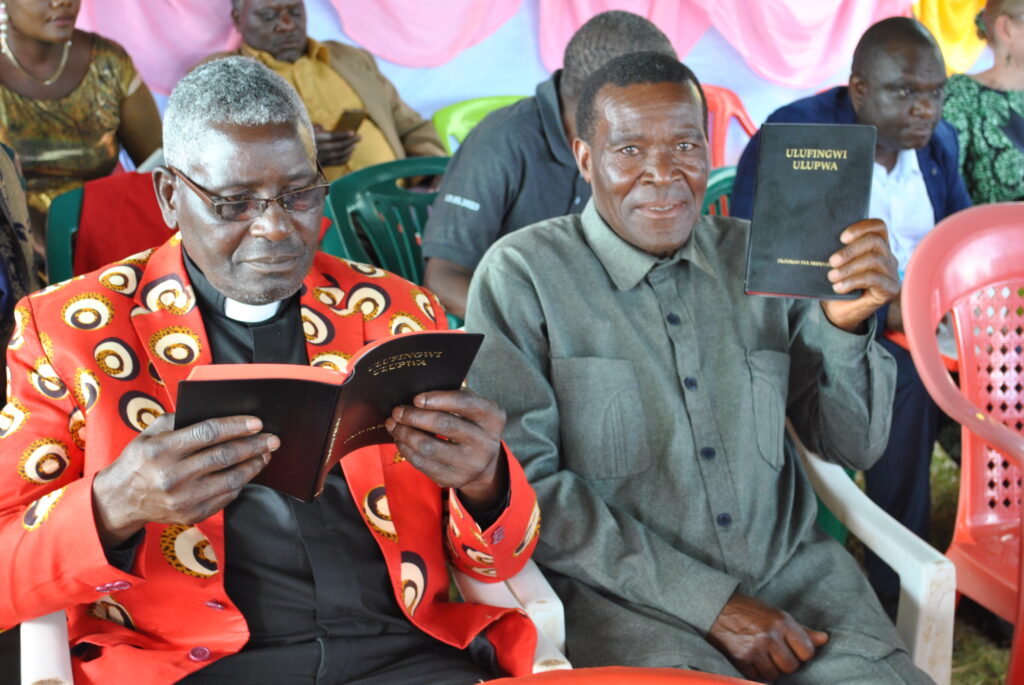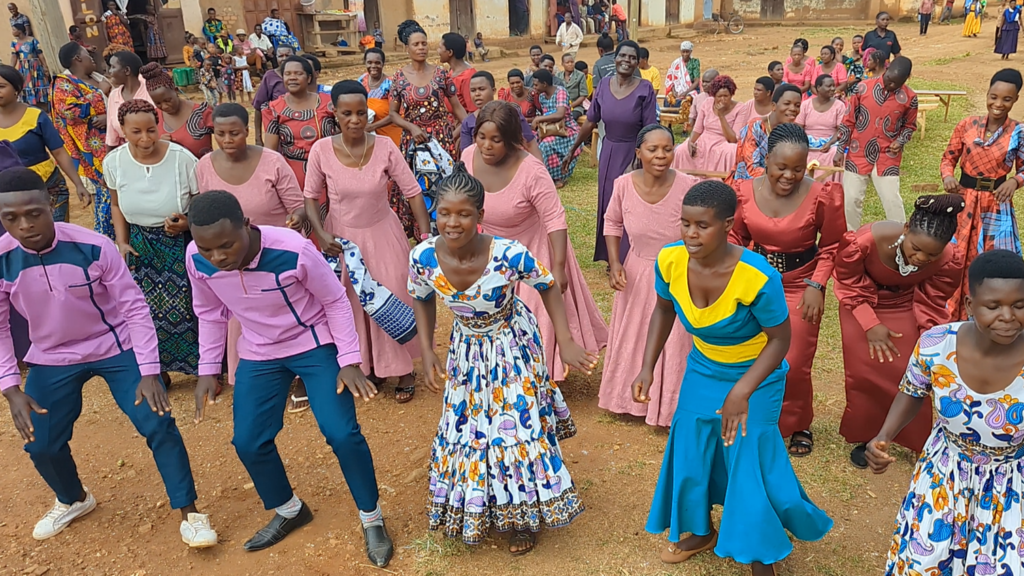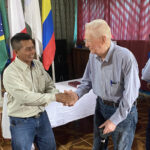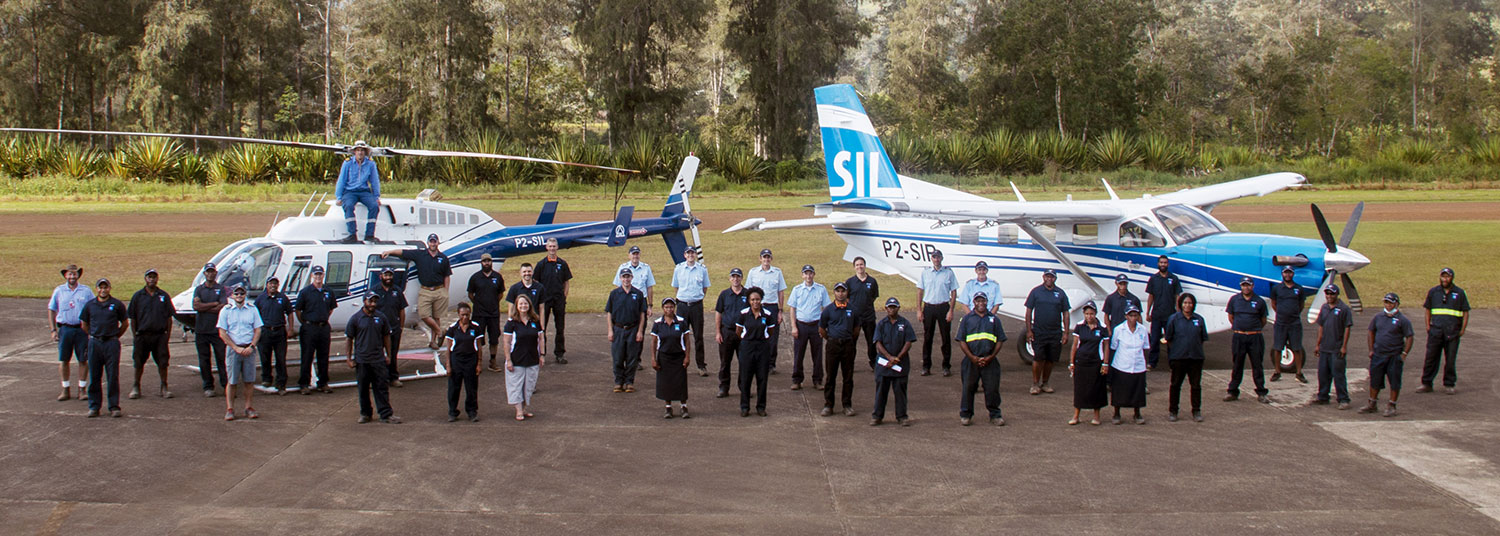Ensuring Old Dogs Can Learn New Tricks

N365BT, a Pilatus Porter PC-6 aircraft, has an interesting past and an important future. To prepare it for this future, JAARS aviation workers are completing a major inspection that will ensure this “old dog” will be learning new tricks well into the future.
N365BT came to JAARS in 2003 on a short-term lease. JAARS engineers needed a test aircraft for a project they were working on to design underwing cargo pods that would enable the PC-6 to carry more cargo without displacing passengers. After years of work that included ground vibration testing on N365BT, the cargo pods were certified and shipped to Indonesia. With the testing done, JAARS coordinated with the owner to make the lease long-term, enabling JAARS to retain this valuable turbine-powered aircraft for its training fleet.
In 2015, the Porter’s owner decided to sell the aircraft and offered it to JAARS at a reasonable price. As much as JAARS wanted this valuable aircraft, there was no money. Miraculously—and the result of answered prayer— funds became available just in time to complete the PC-6 purchase.
By 2019, the PC-6 was due for a special 14-year inspection. This inspection, mandated by the manufacturer of the PC-6, is not your father’s annual aircraft inspection. “We are doing an extremely detailed and thorough inspection,” says Jon Thomas, the project coordinator. “We took off the landing gear, wings, and tail so we could inspect nuts and bolts, cables, rivets and all those critical items not normally accessible.” Plus, the inspection calls for nondestructive testing on several major components.
The project is also incorporating improvements and updates that will ensure the aircraft’s viability into the future. A flight-following device called V2 will enable ground stations to track the aircraft’s location. Installing an emergency fuel control on the engine provides redundancy if the main fuel controller fails. The new pilot’s seat, which is more comfortable and more attractive than the old one, is mechanically adjustable for height. Added shoulder harnesses will improve passenger safety. Finally, the new JAARS logo will be proudly emblazoned on the tail of the aircraft. View a photo collection of the inspection here.
Where does JAARS get the manpower and expertise to handle a job like this? Like most projects at JAARS, volunteers are critical to supplement the core JAARS workers who anchor the work full-time. For this project, volunteers came from a variety of sources. “We’ve had professional mechanics from Gulfstream Corporation who gave up vacation time to help,” says Thomas. “Another mechanic who had worked on PC-6s in Indonesia came to JAARS for three weeks.
Currently, three volunteer mechanics from a variety of backgrounds are working on the project. One is a retired civil engineer who earned his A&P mechanic’s certificate after retirement. Another, a Brazilian pilot-mechanic with JAARS partner Asas De Socorro, will be spending a year at JAARS. The third, a local airline mechanic, comes in periodically during the month on his days off. The volunteers come from different backgrounds, but they all bring one common trait—a desire to serve the Lord.
JAARS machinists are another vital resource for this inspection. Their ability to improvise and build specialized tools saves time and money.
N365BT will rejoin the JAARS aviation training fleet when work is competed in December 2019. This detailed inspection has been made possible by talented JAARS mechanics, dedicated volunteers, the grace of the Lord, and financial contributions from supporters. This is a good example of the JAARS comprehensive fleet renewal program that ensures its “old dogs” will become “young pups” that will be learning new tricks well into the future.

